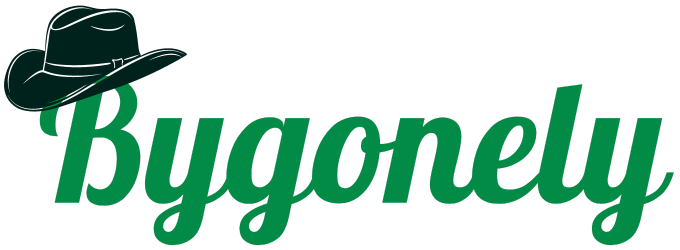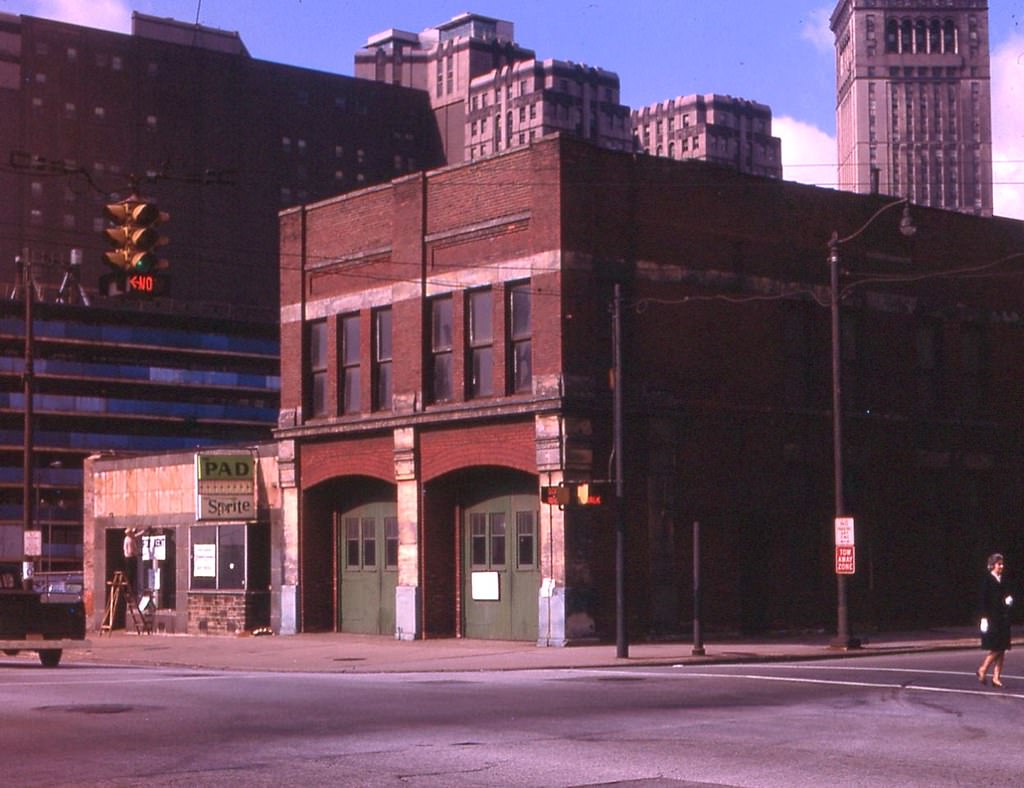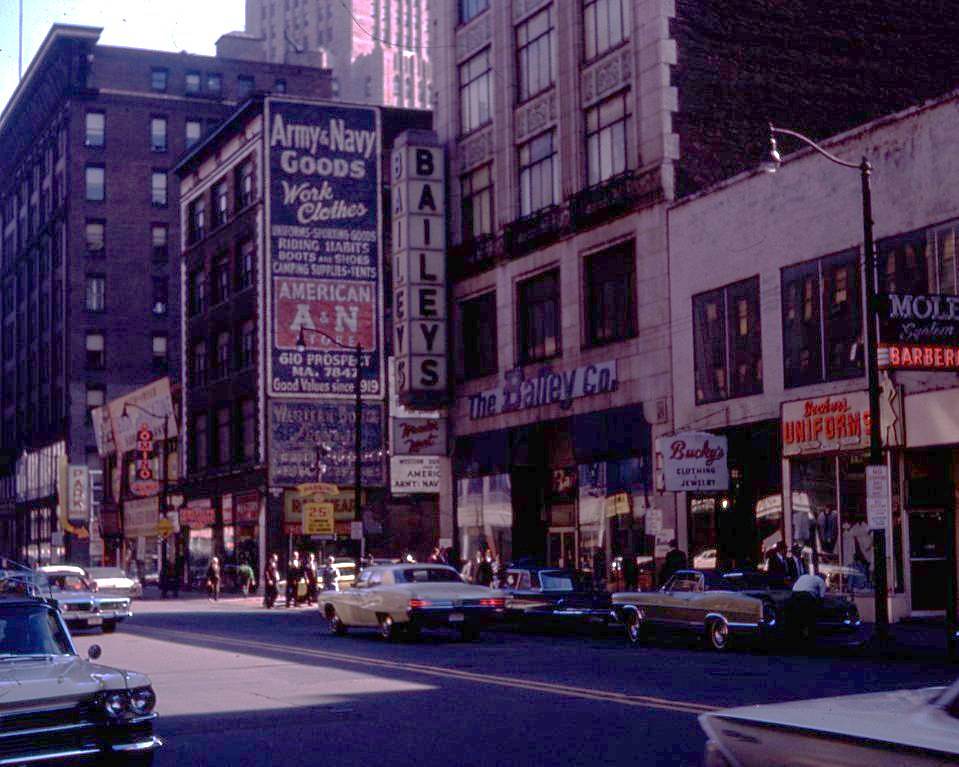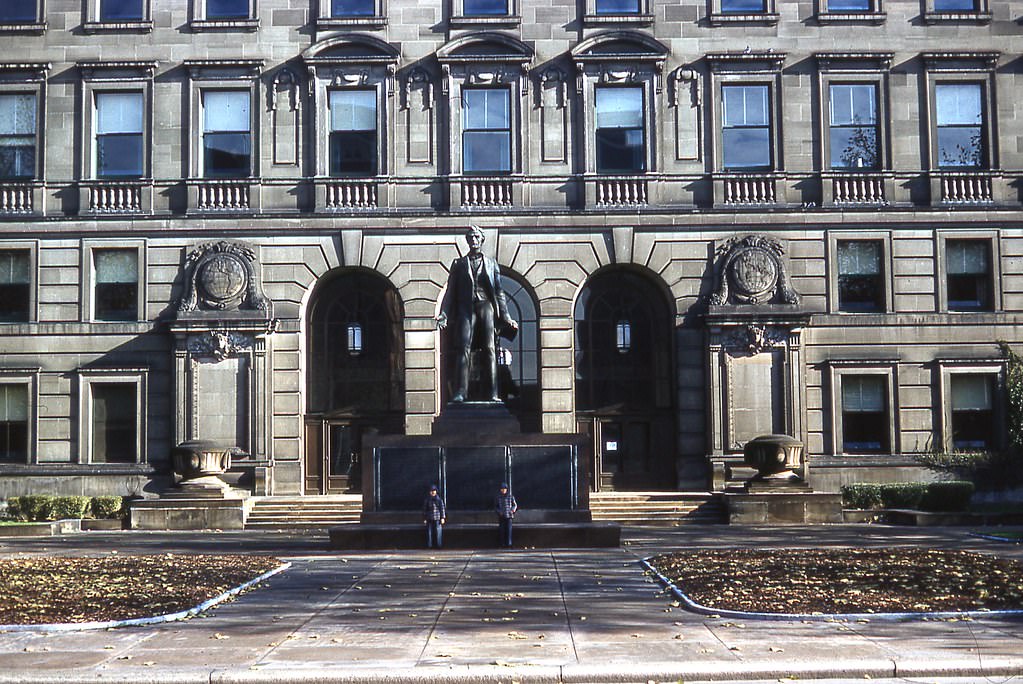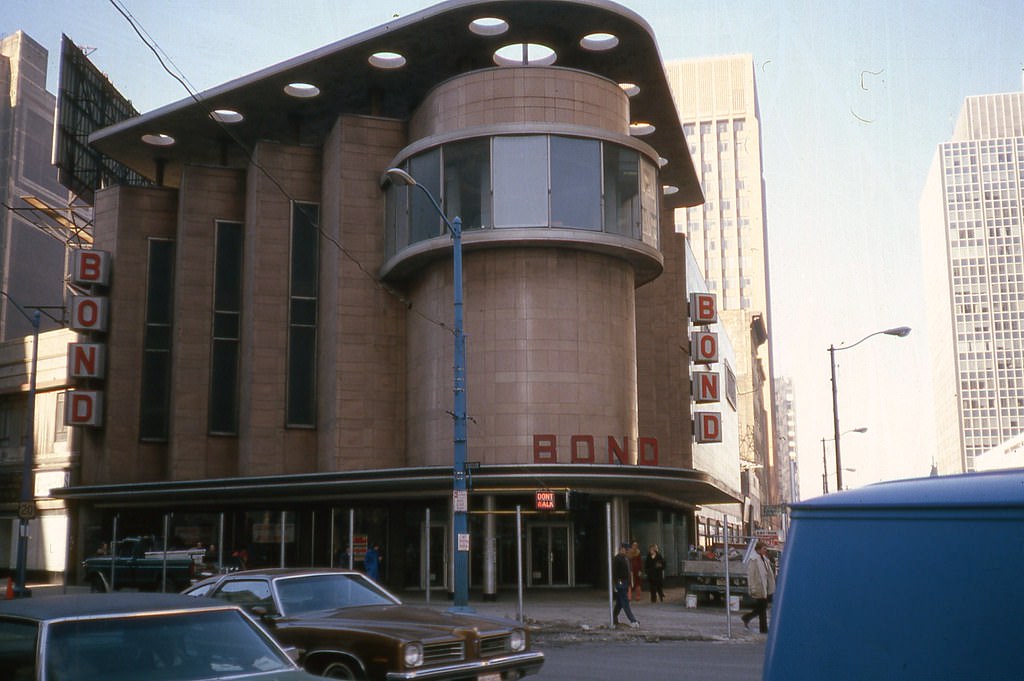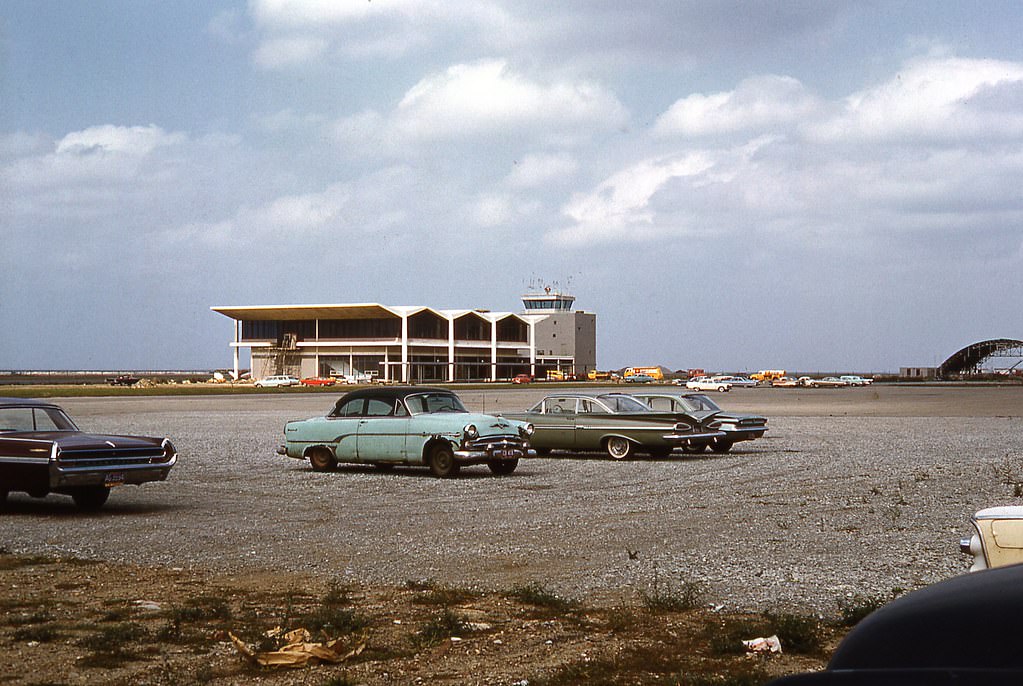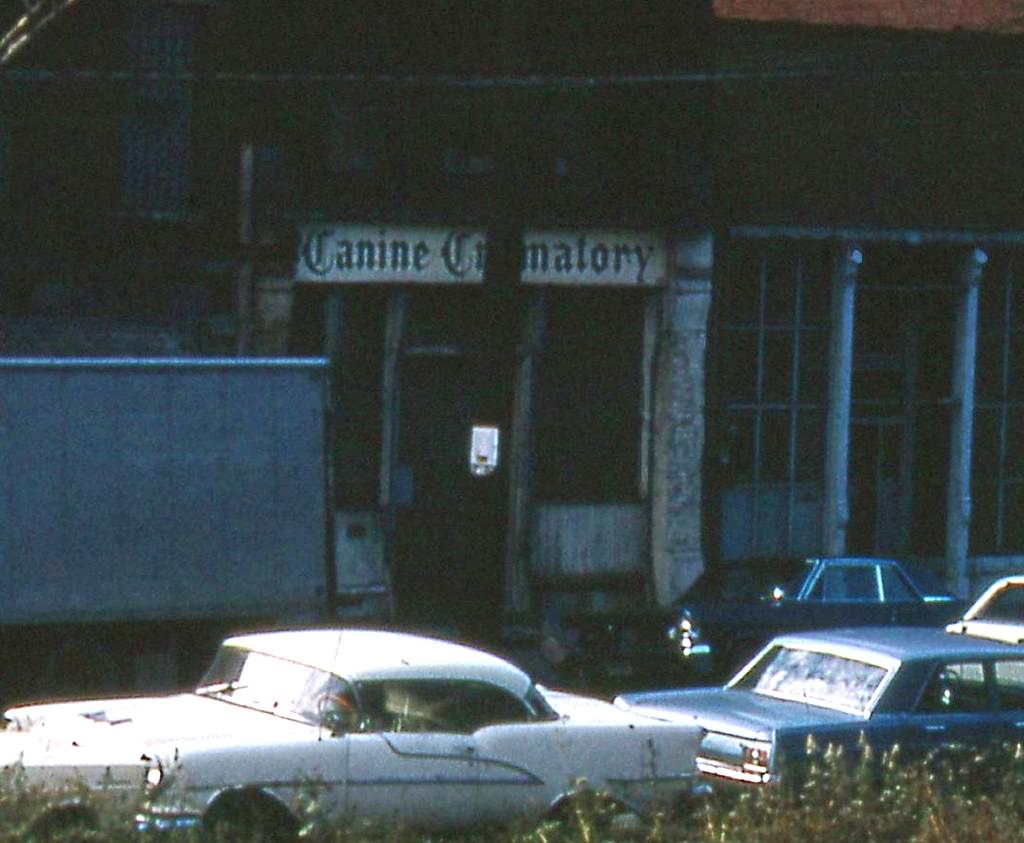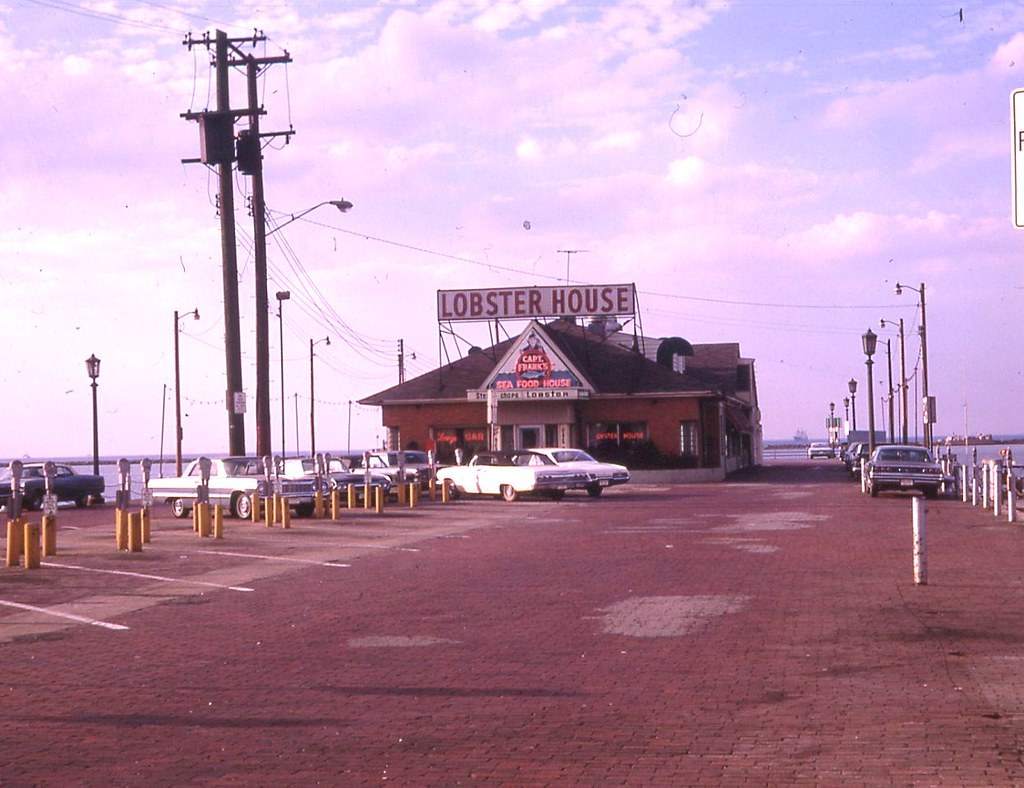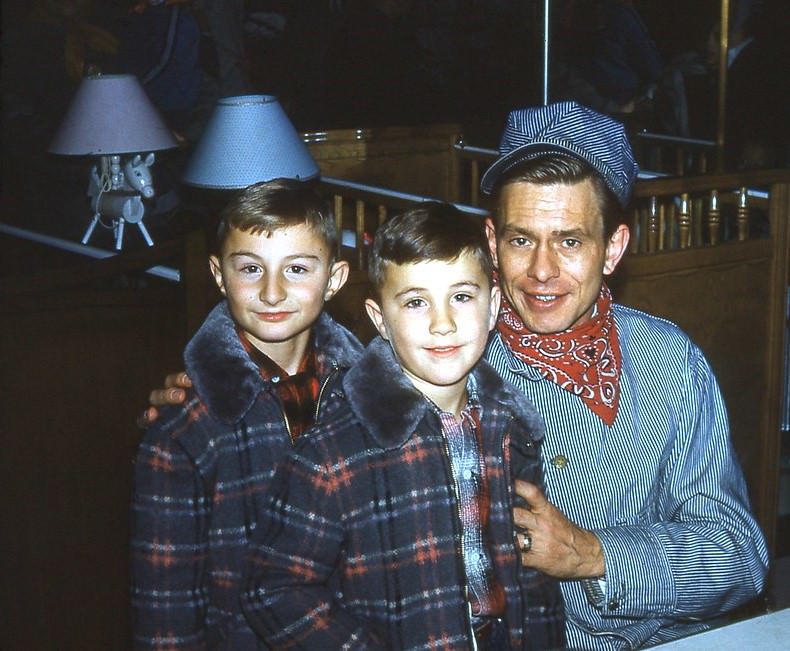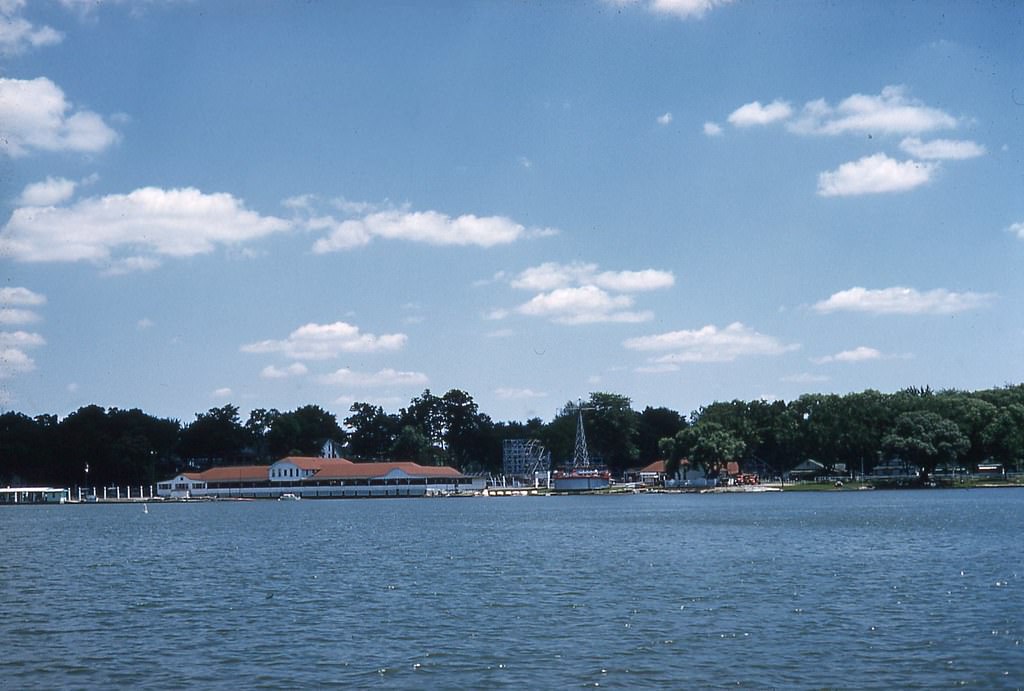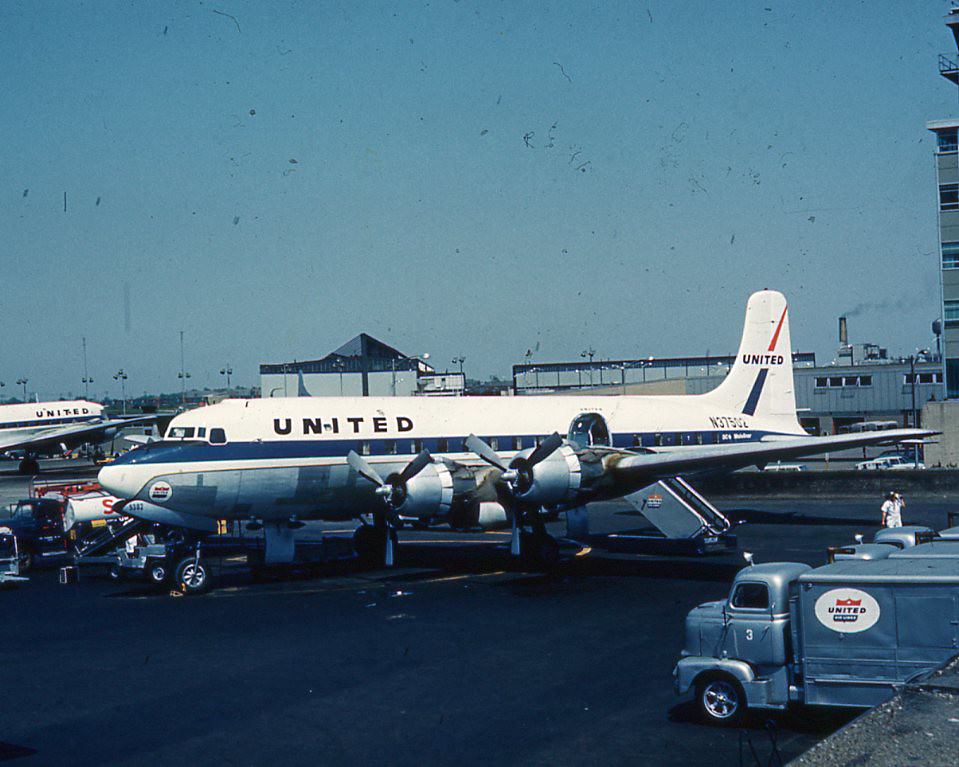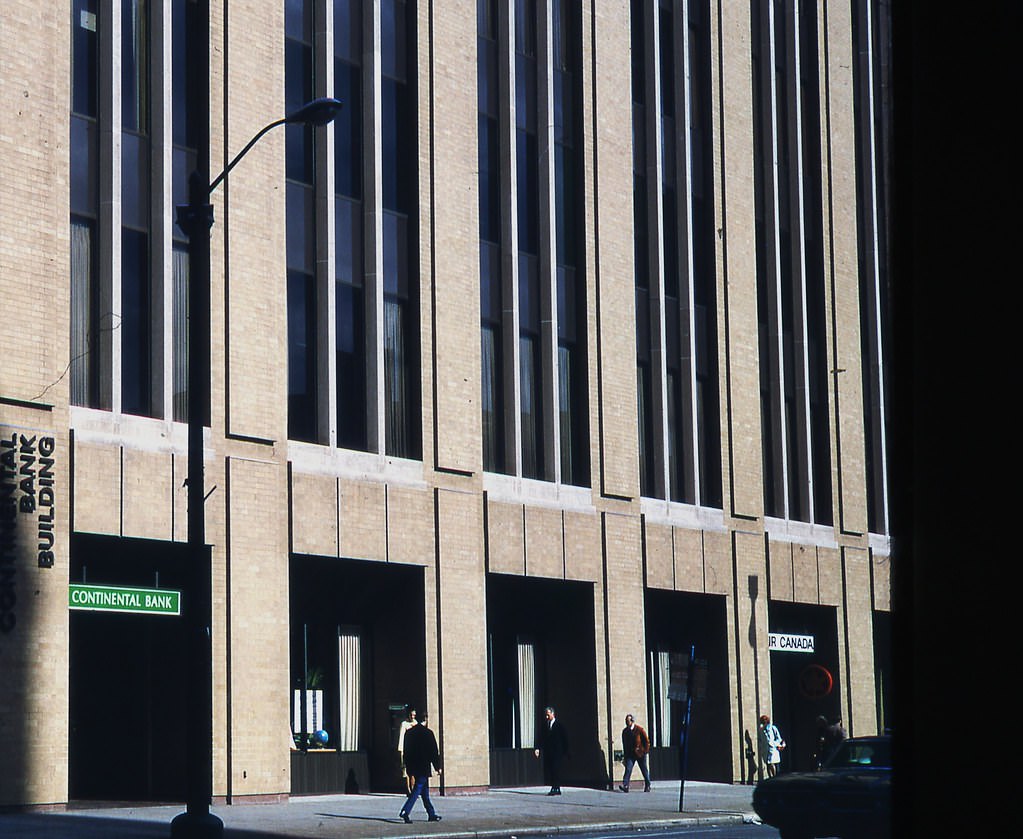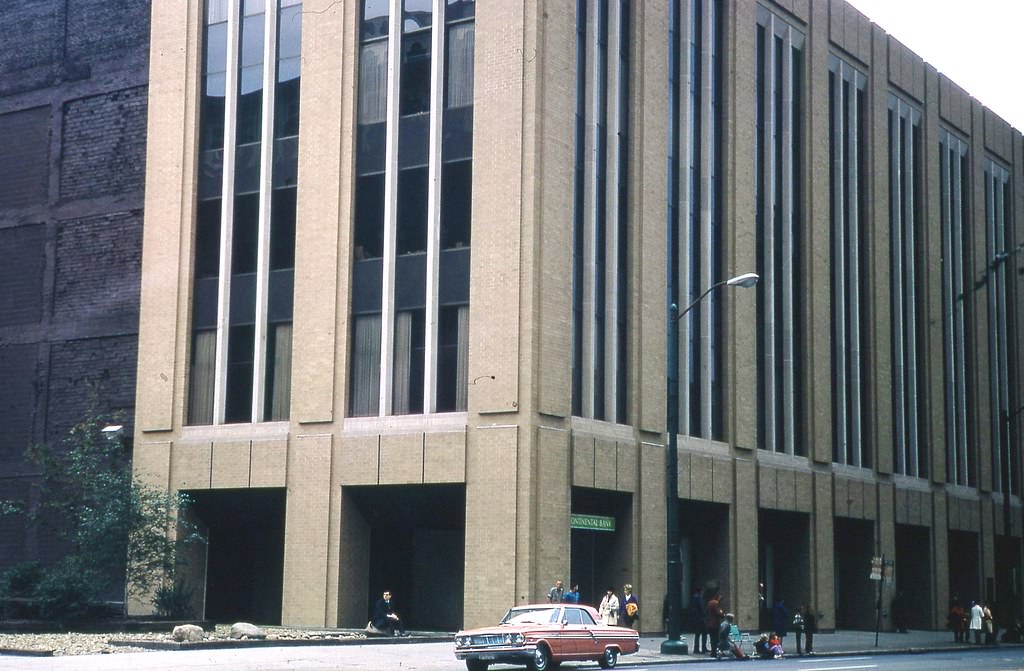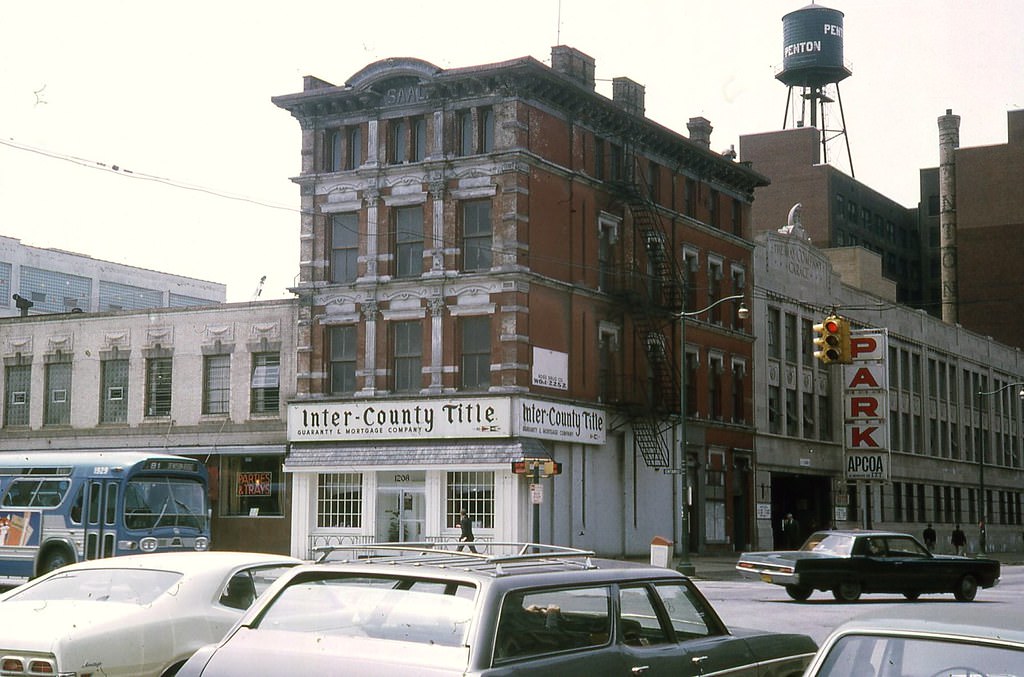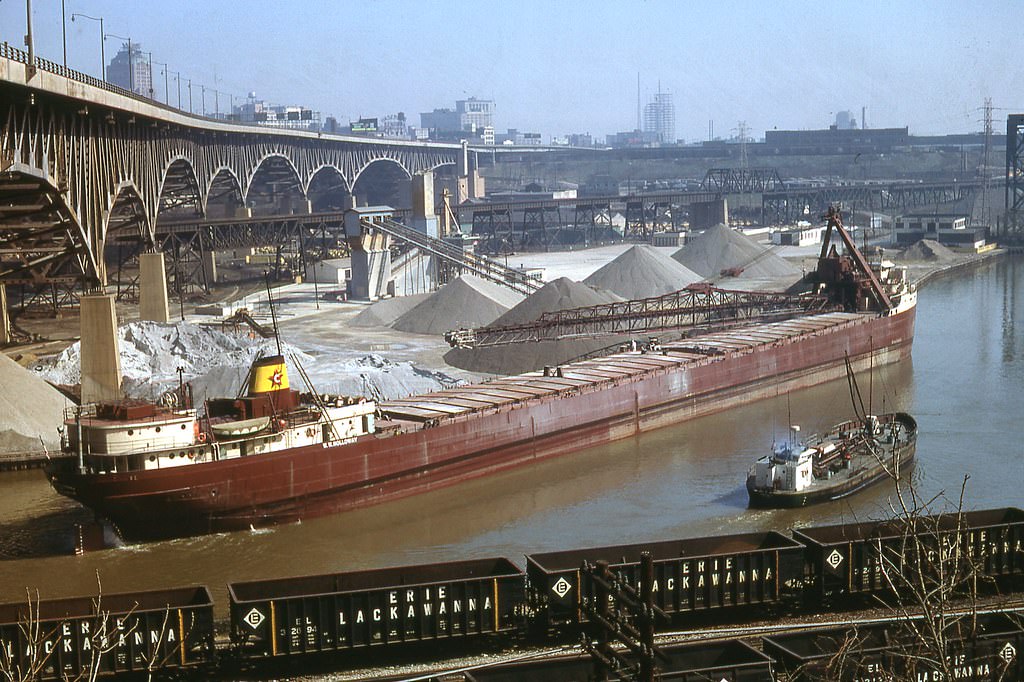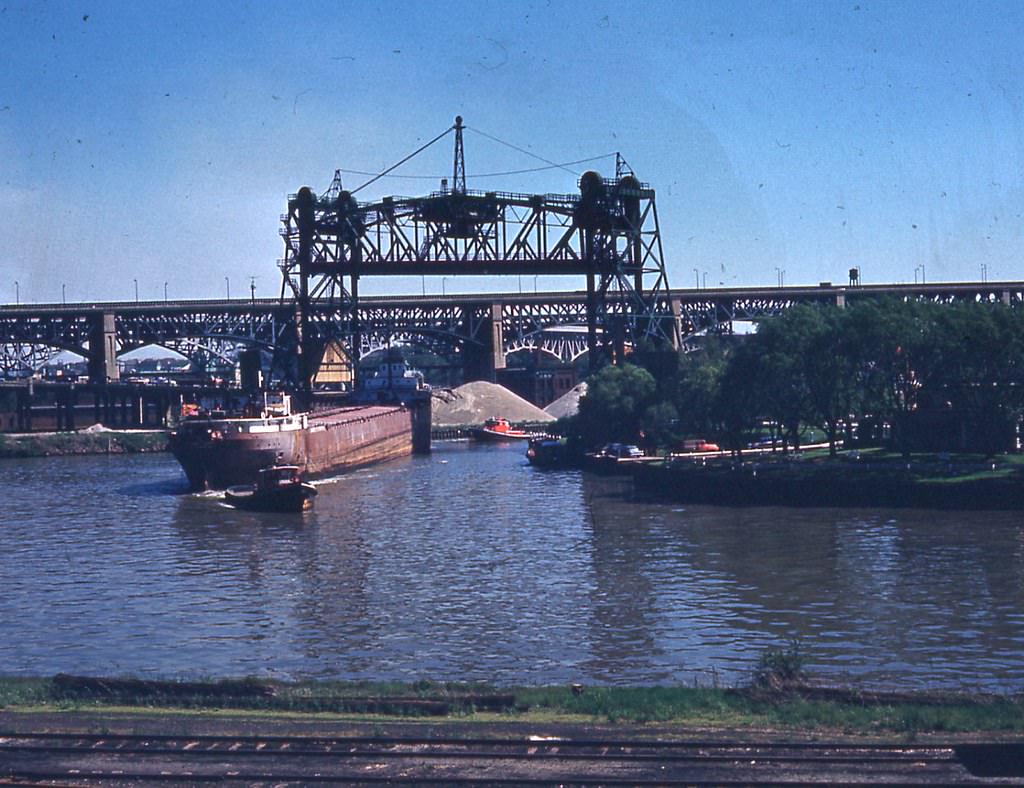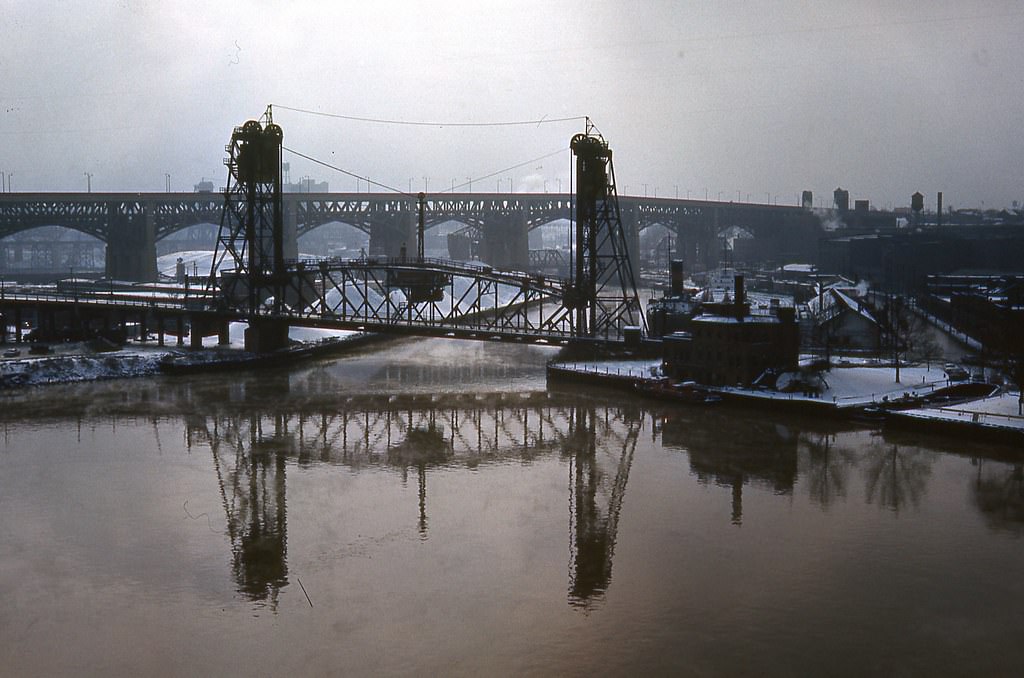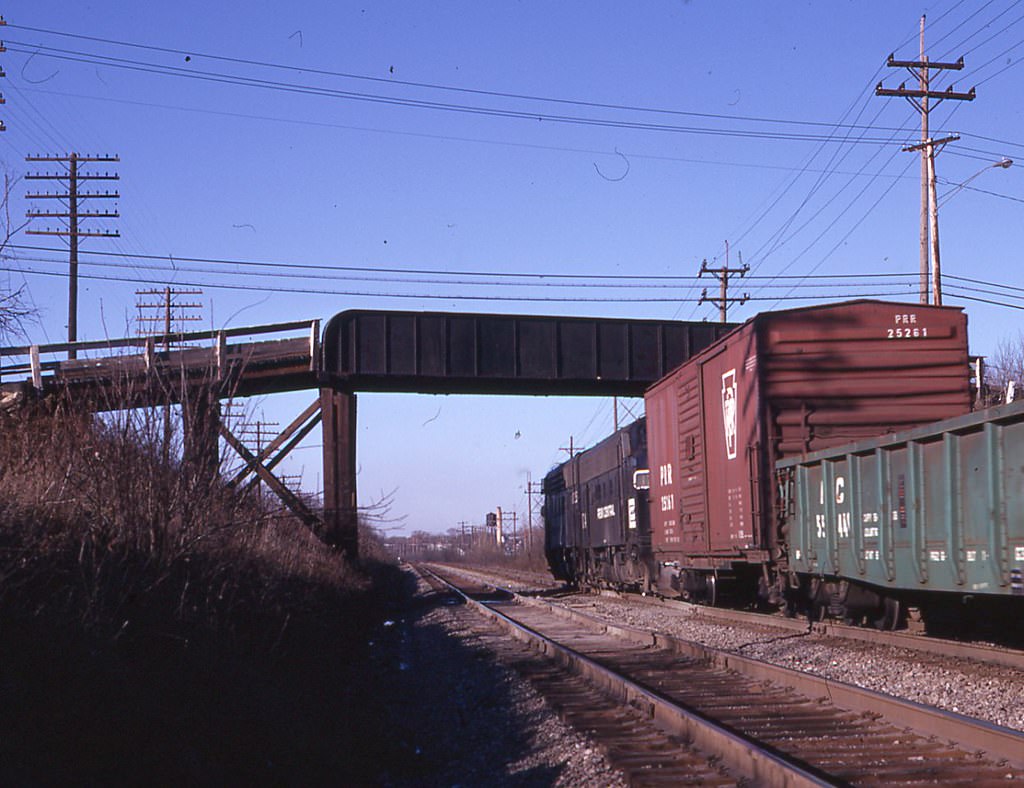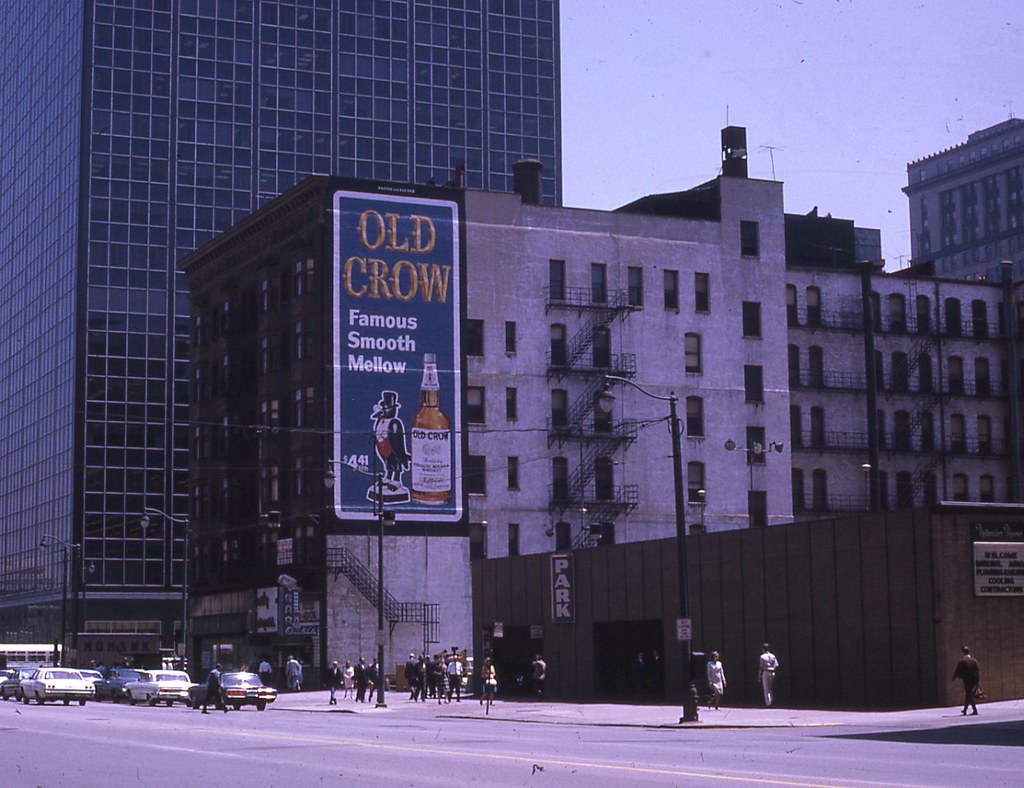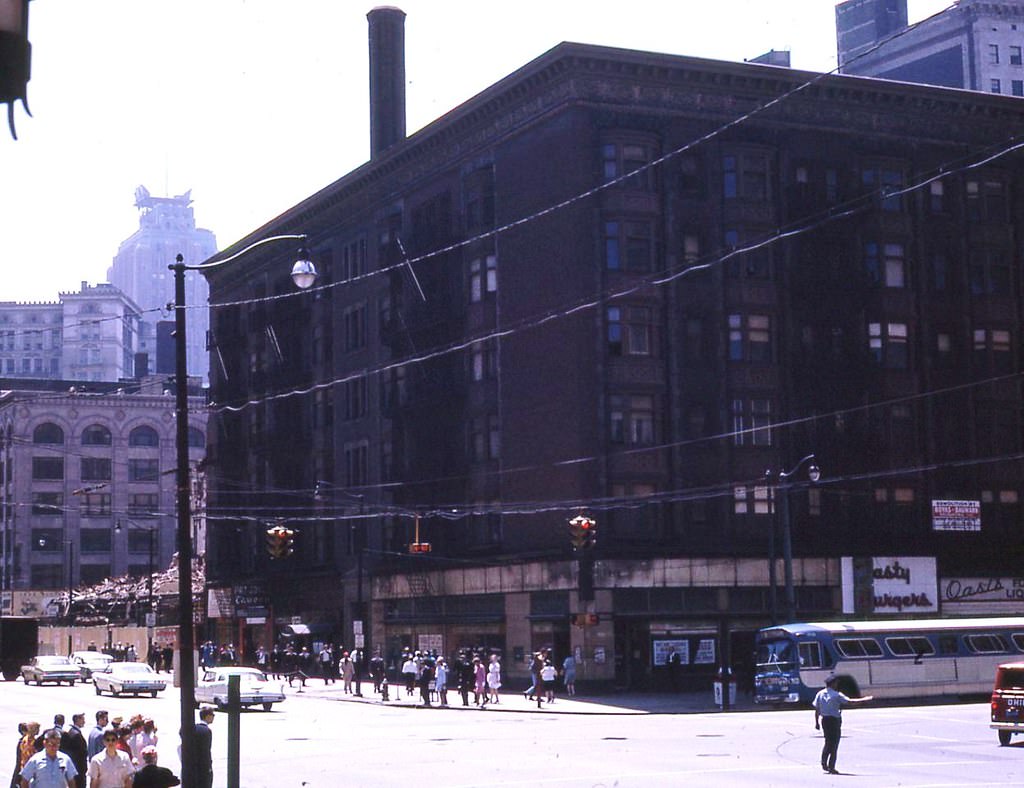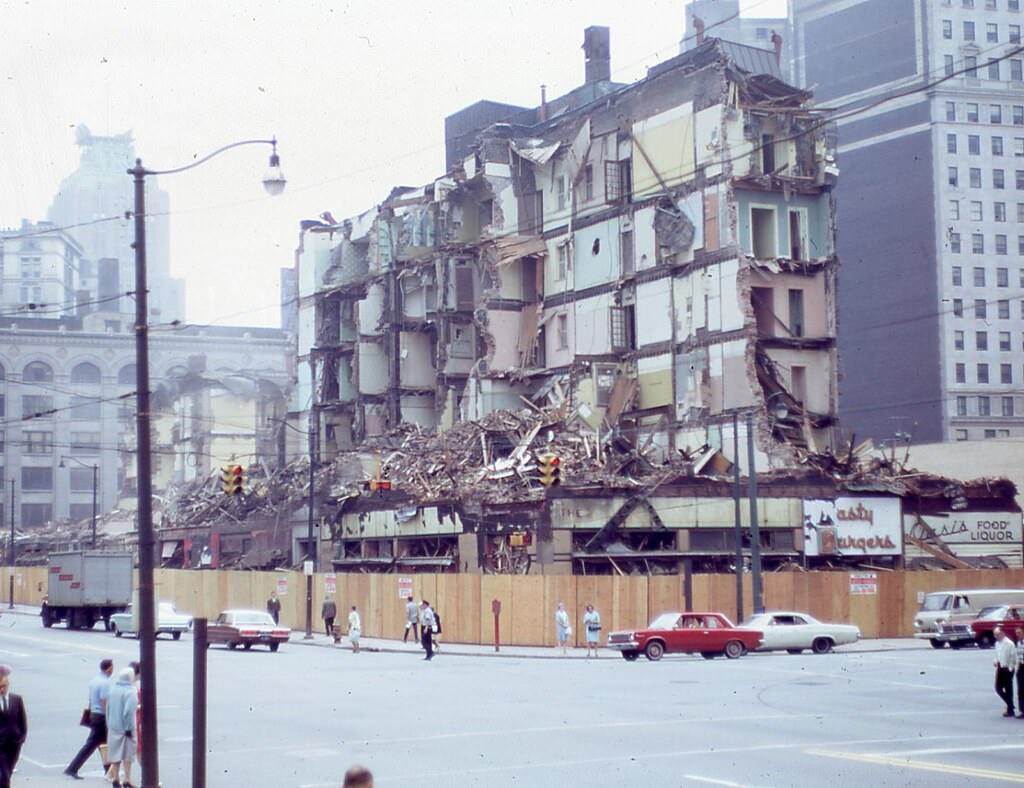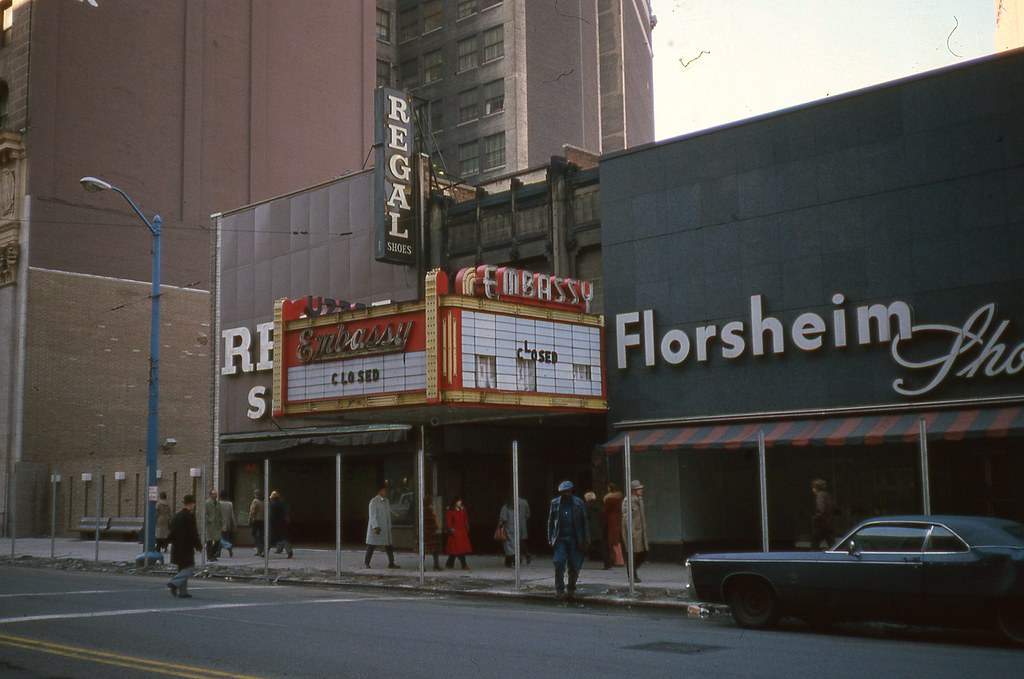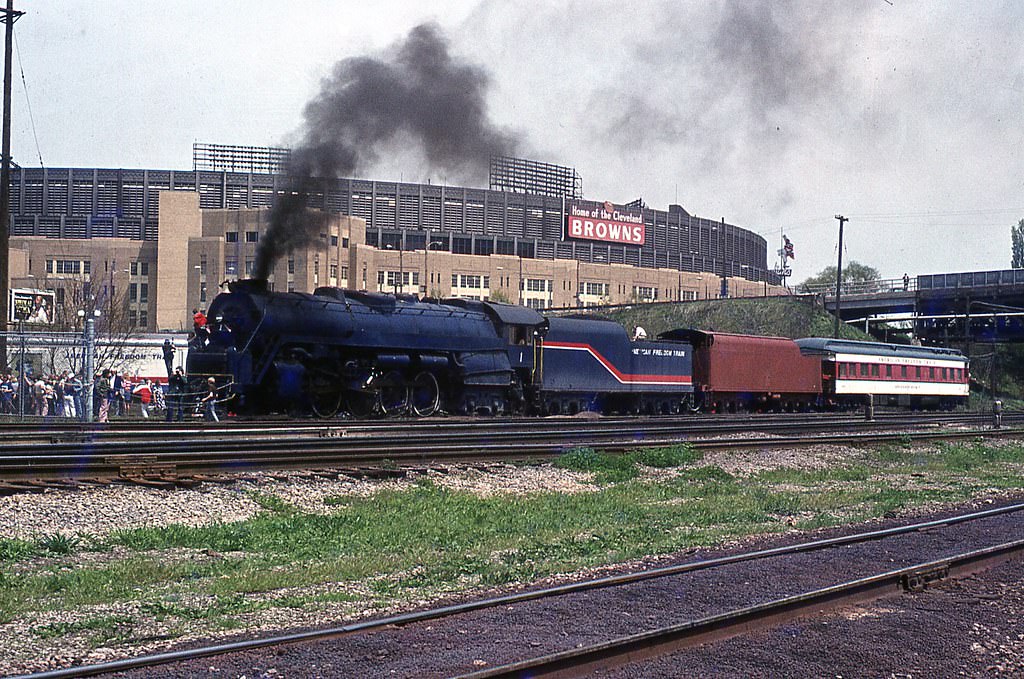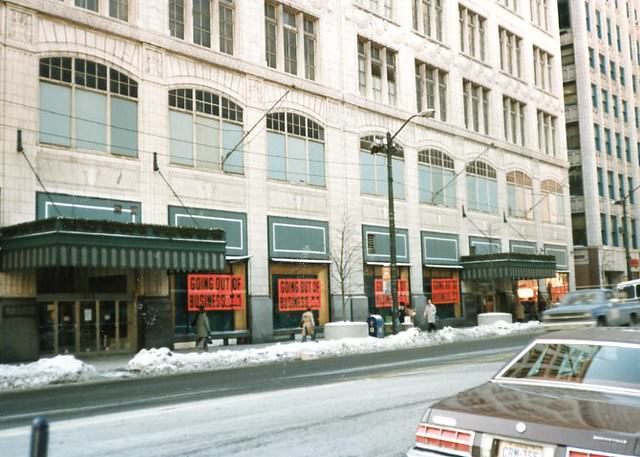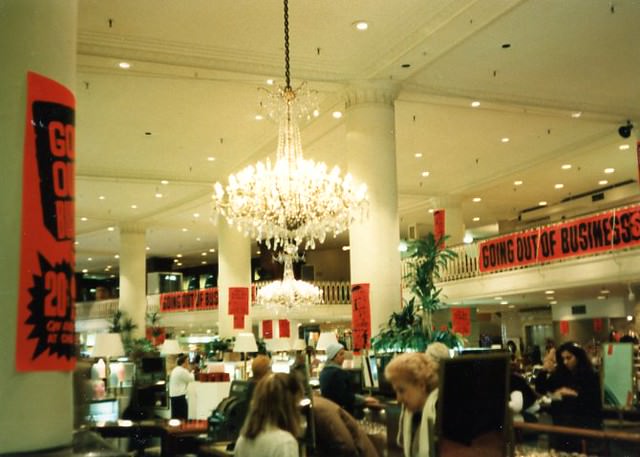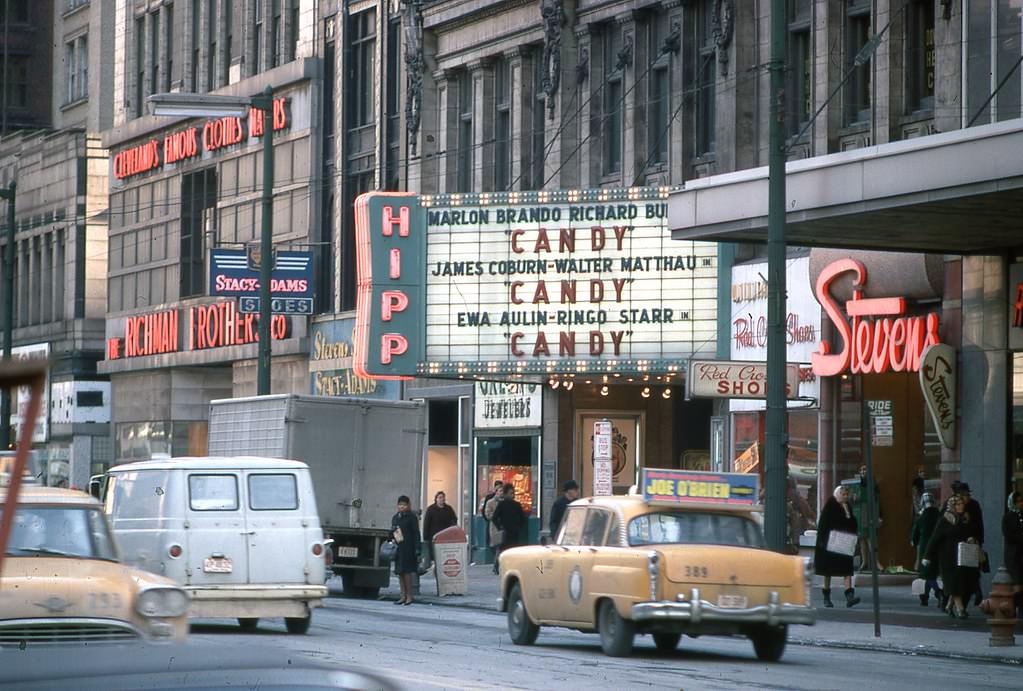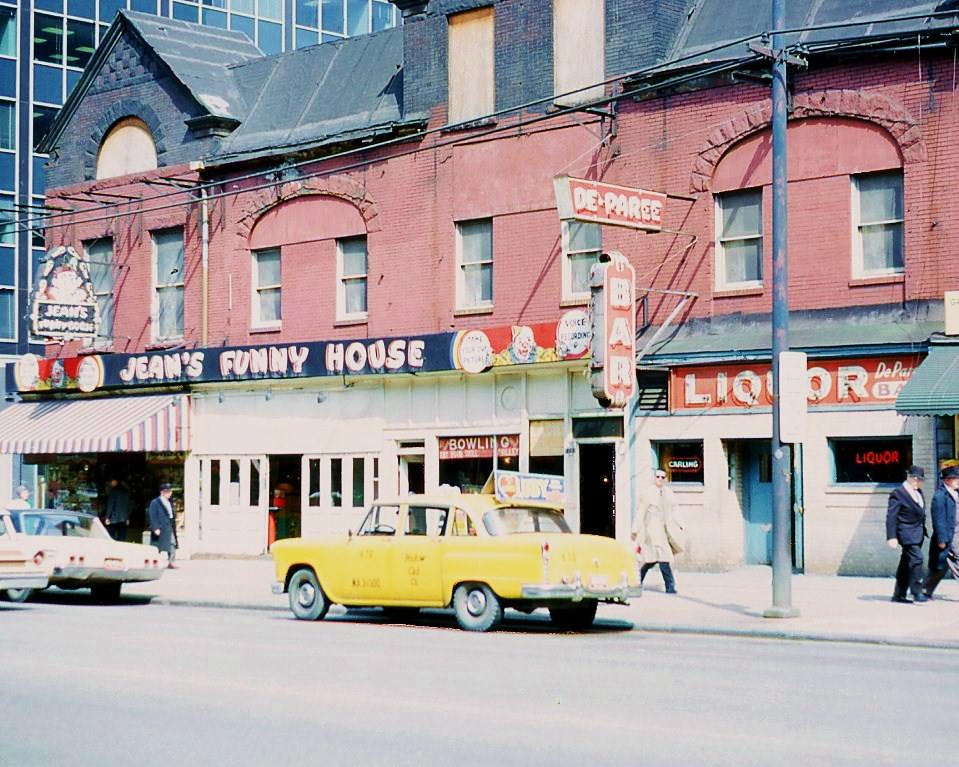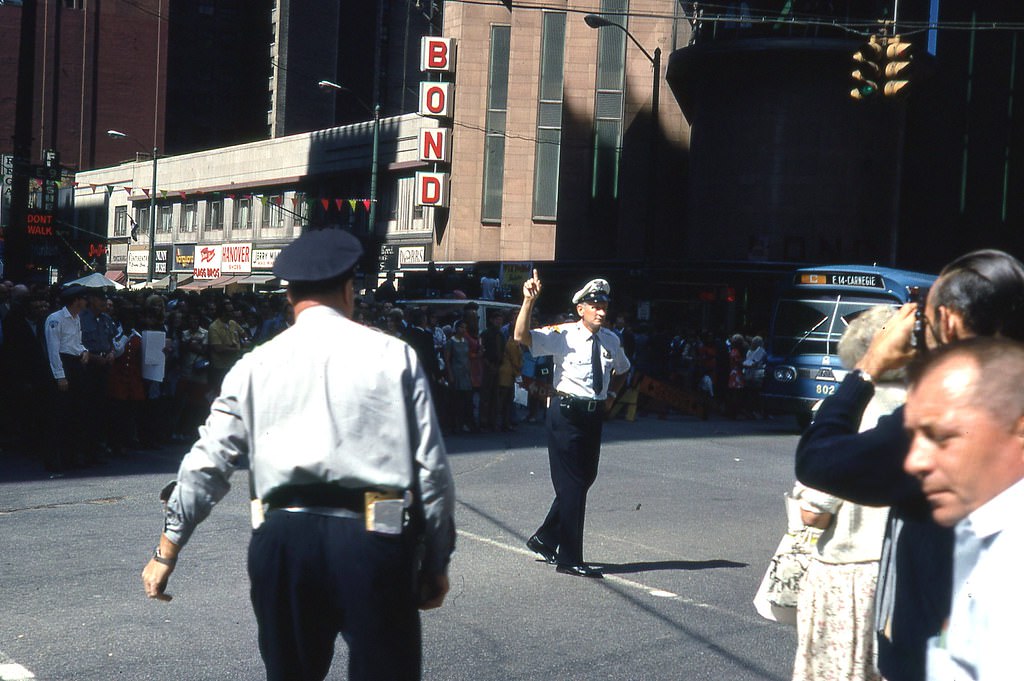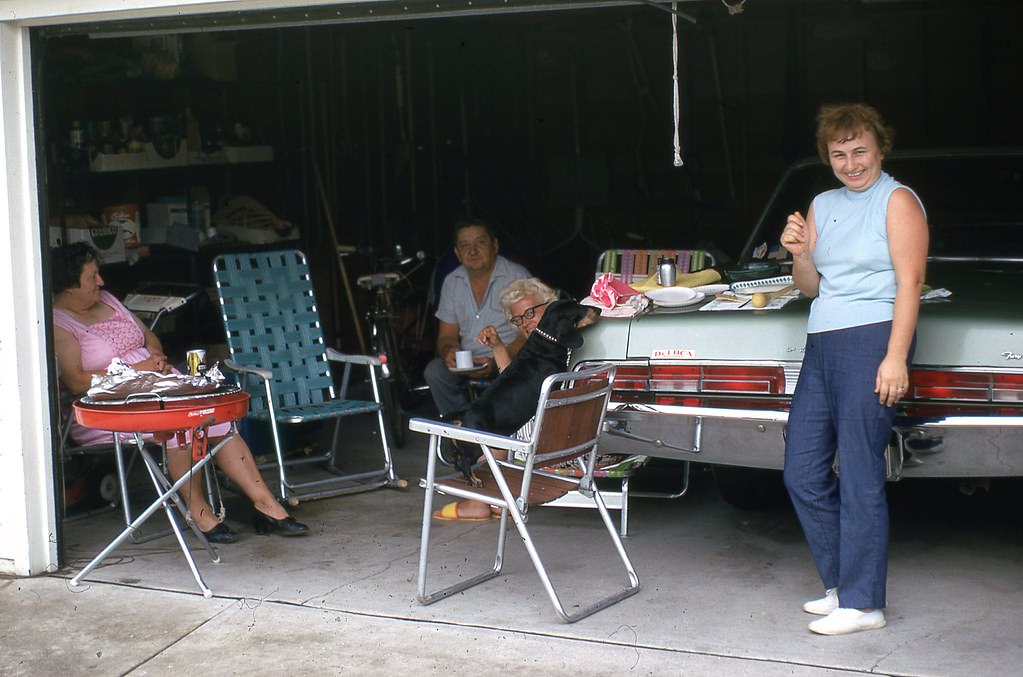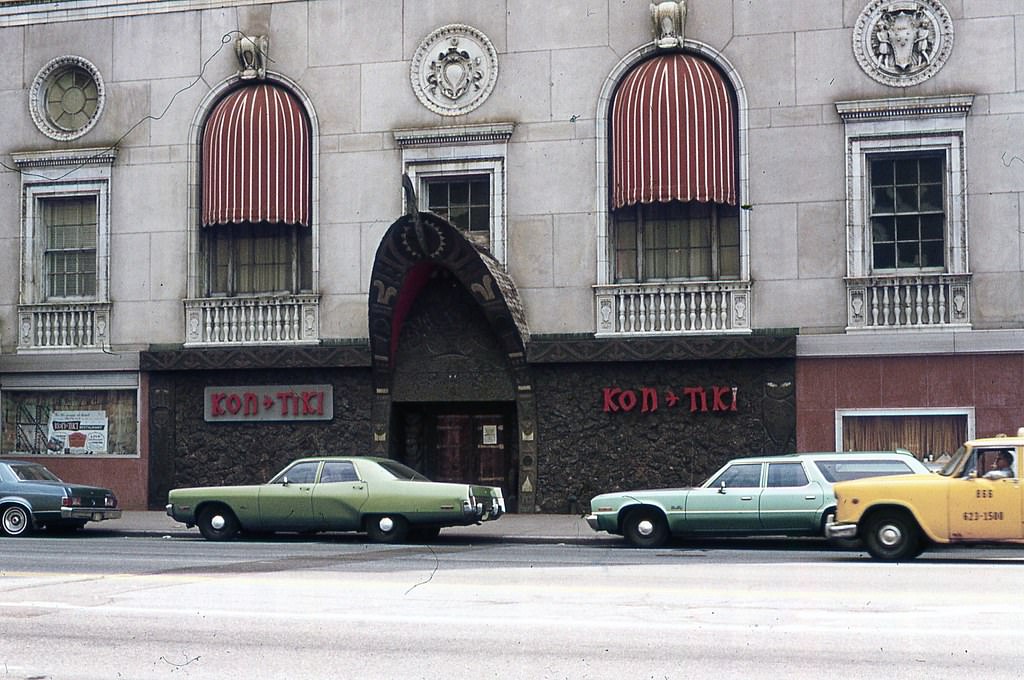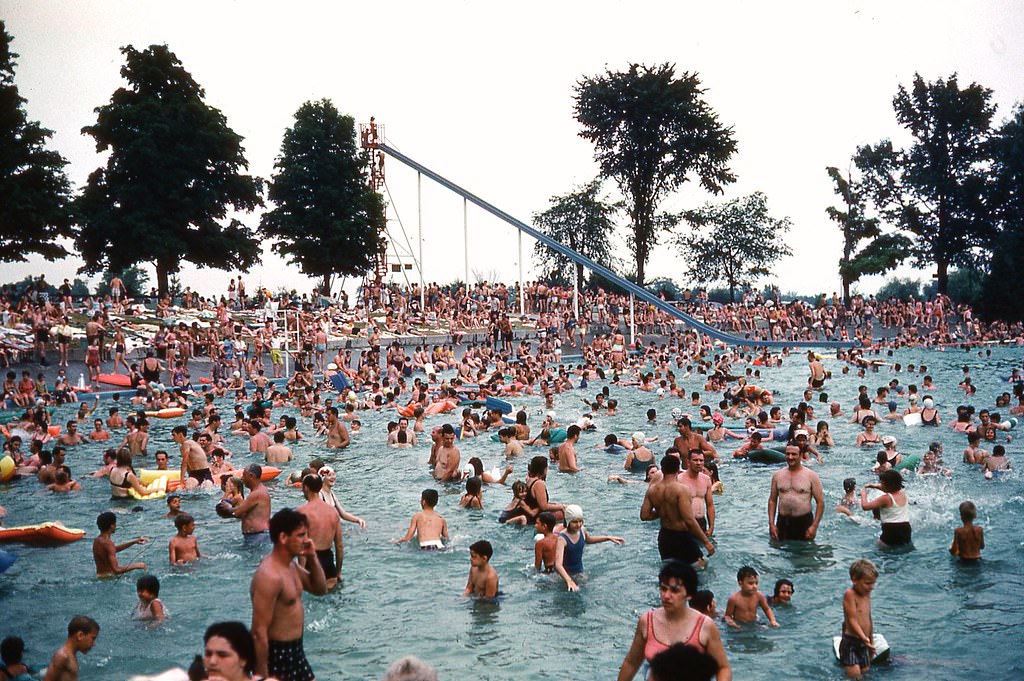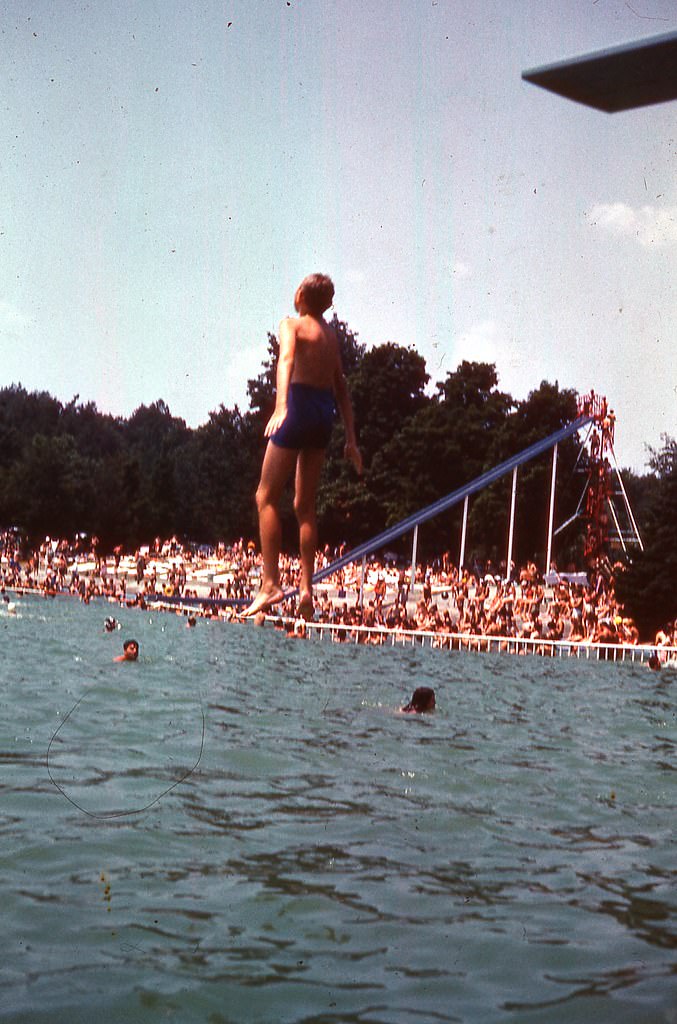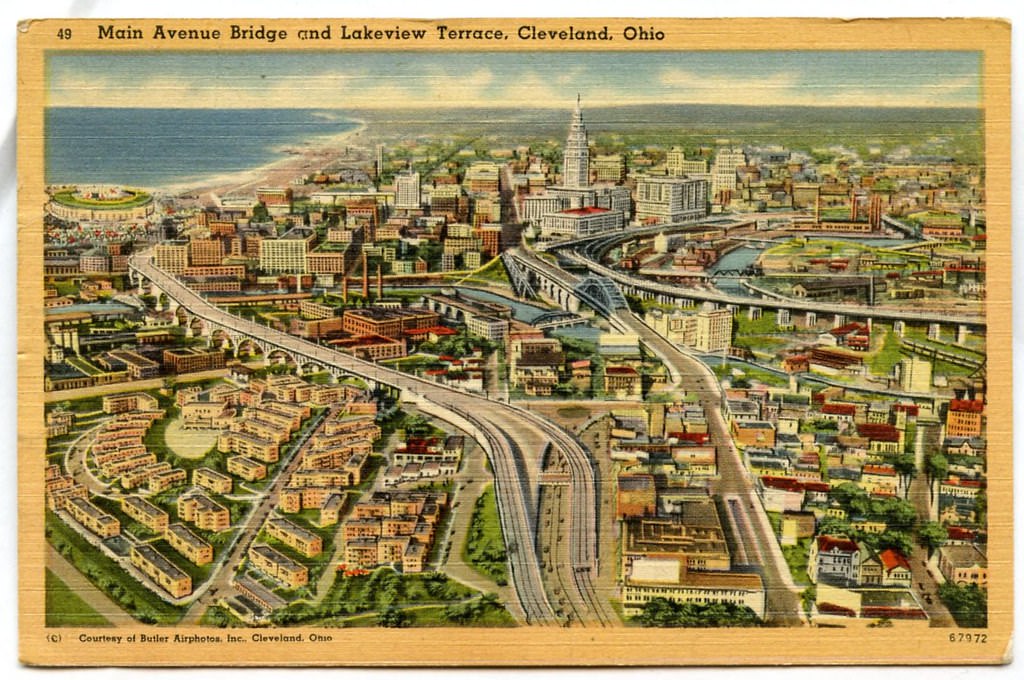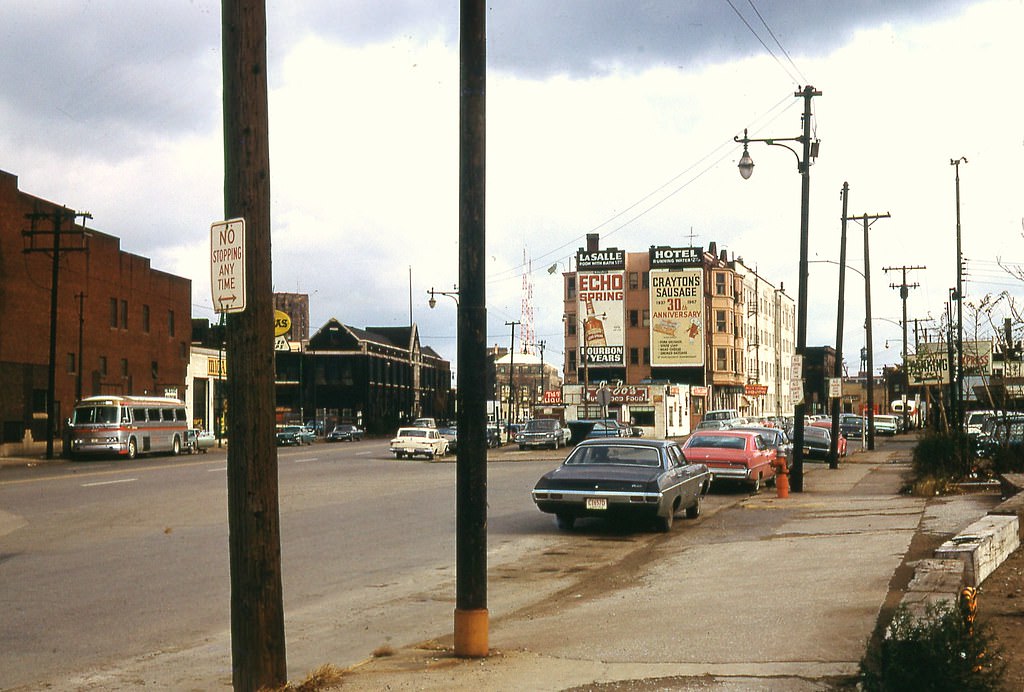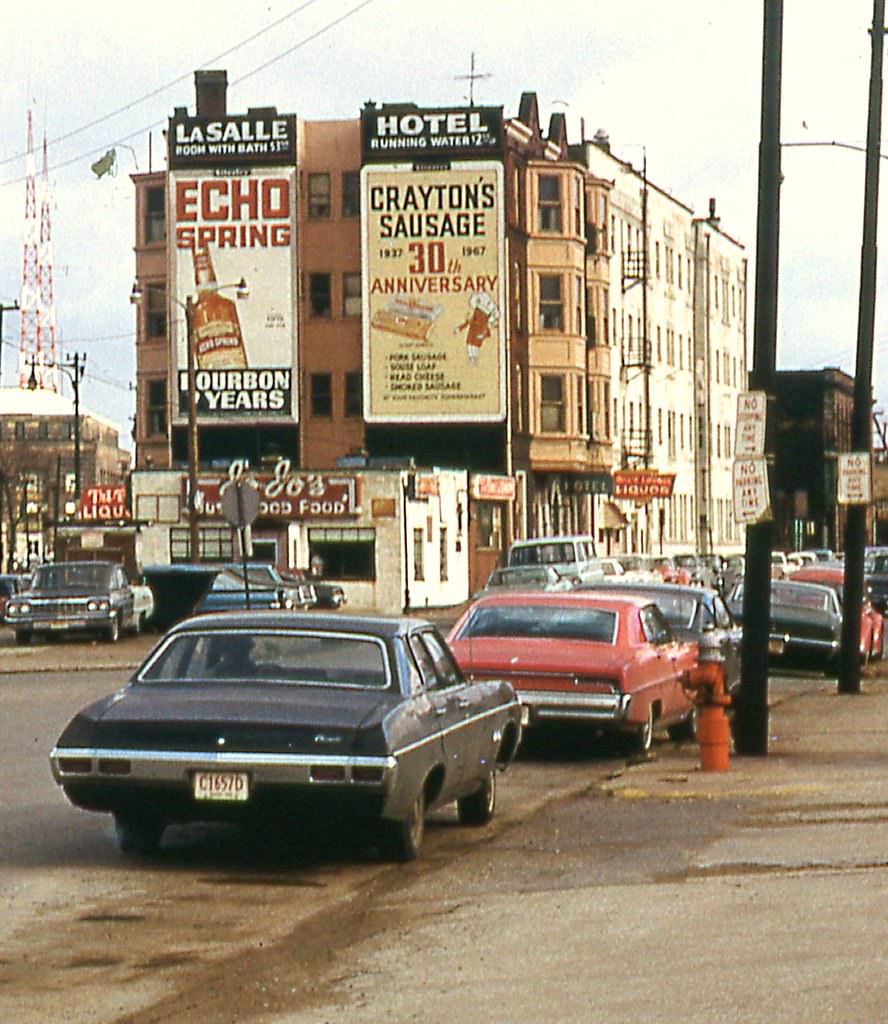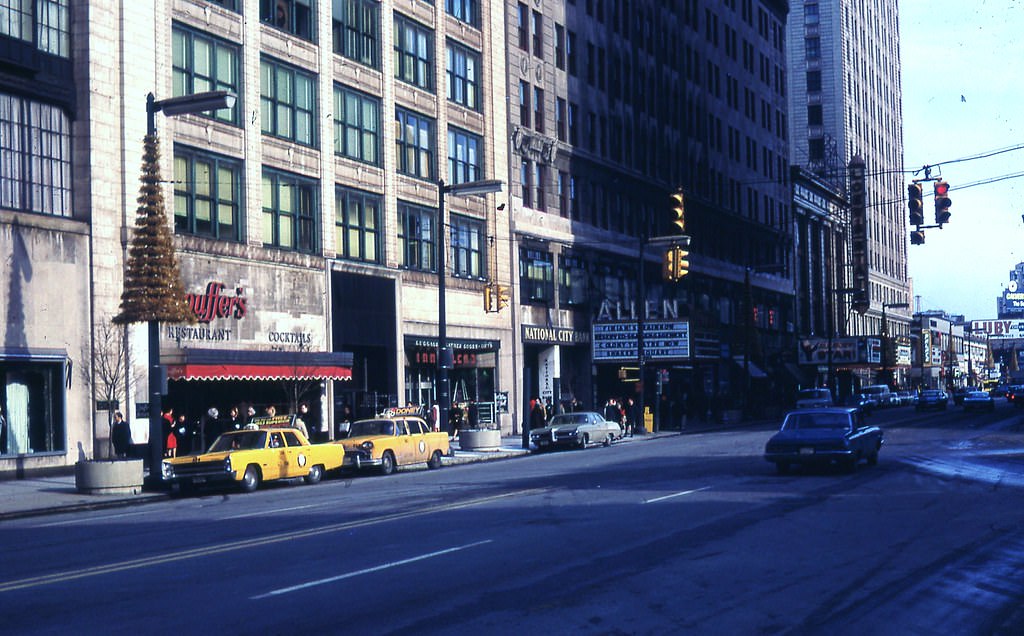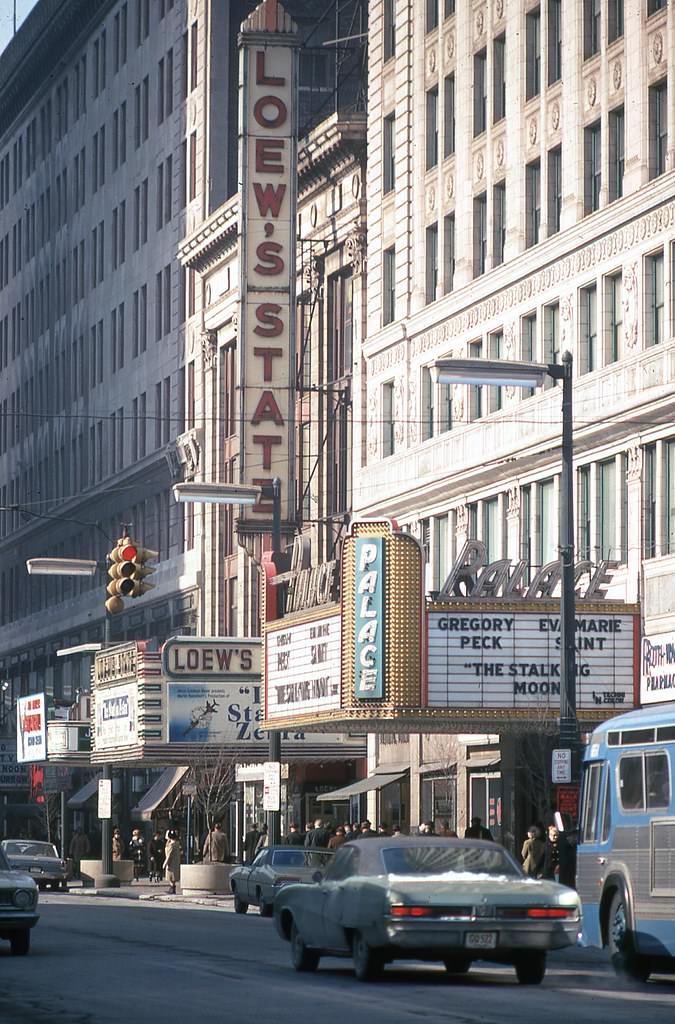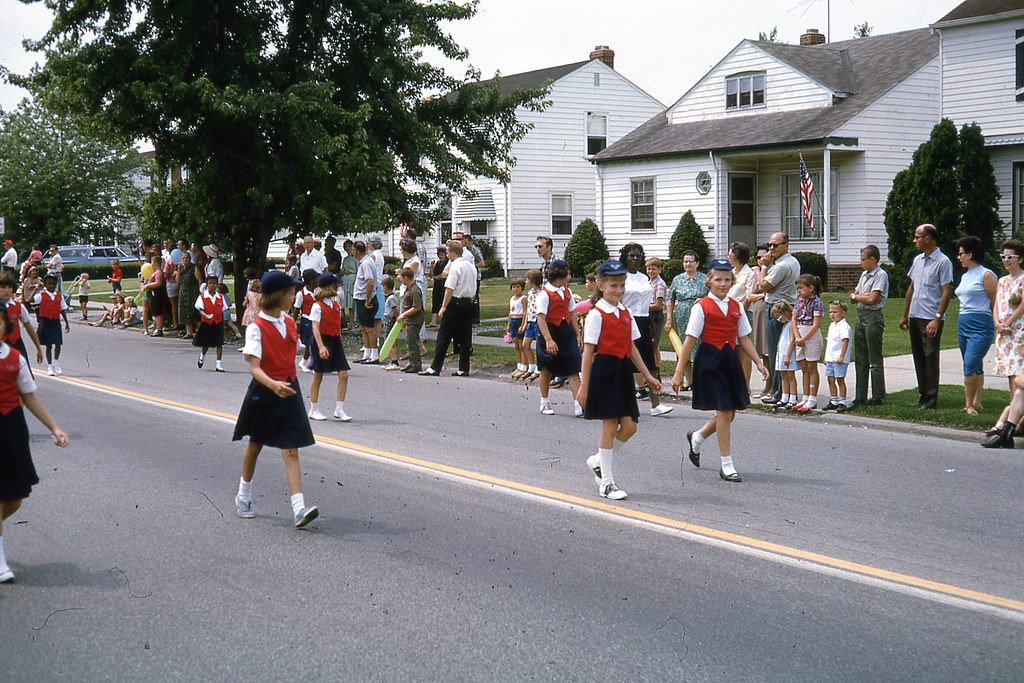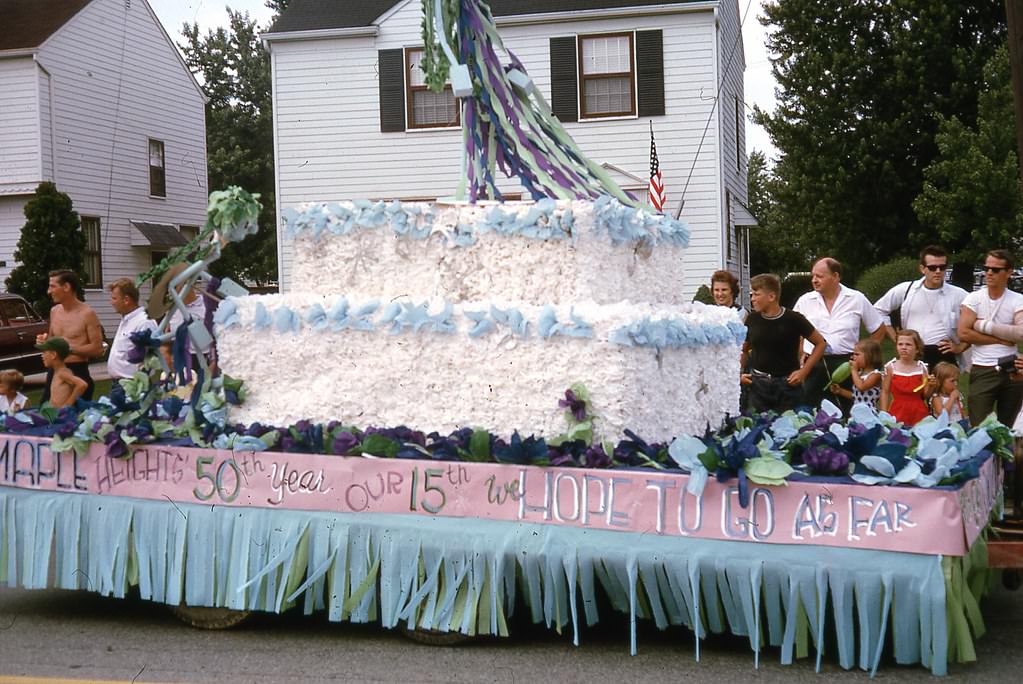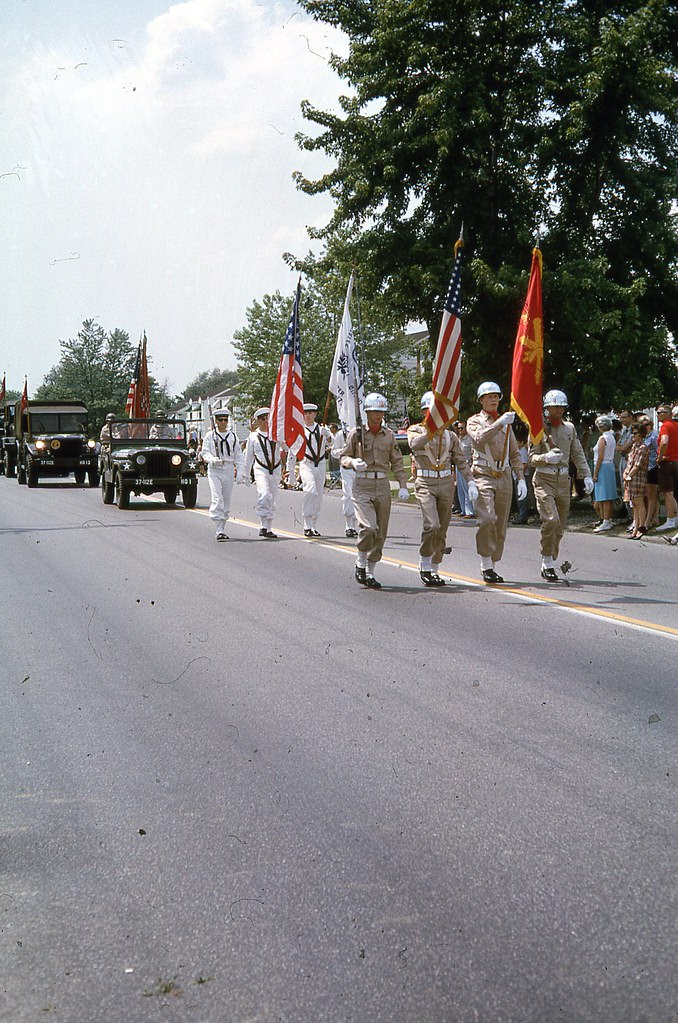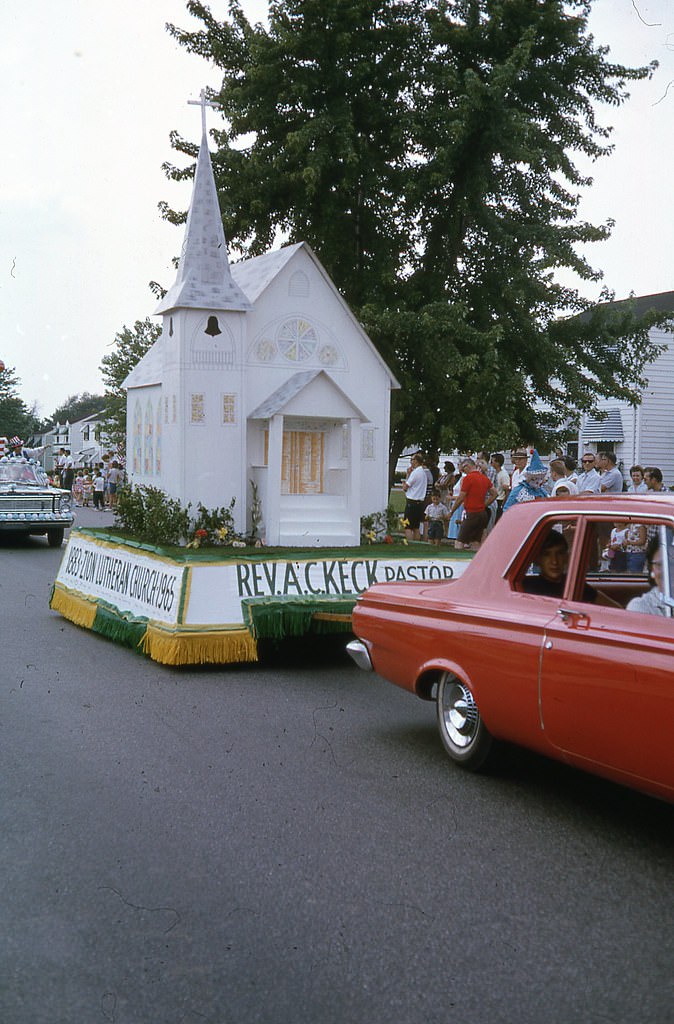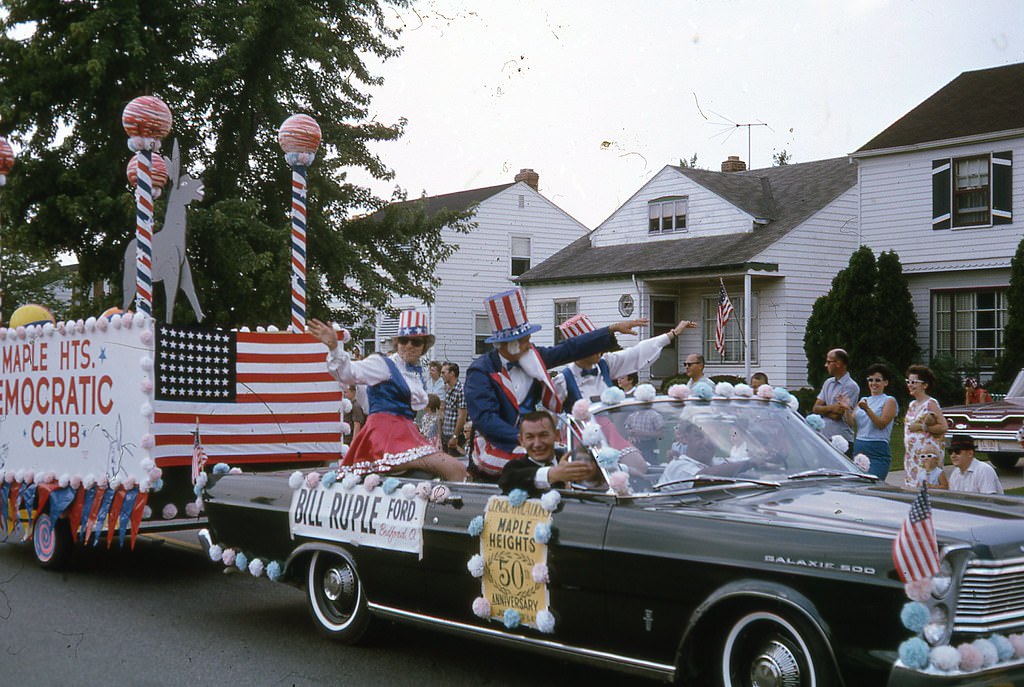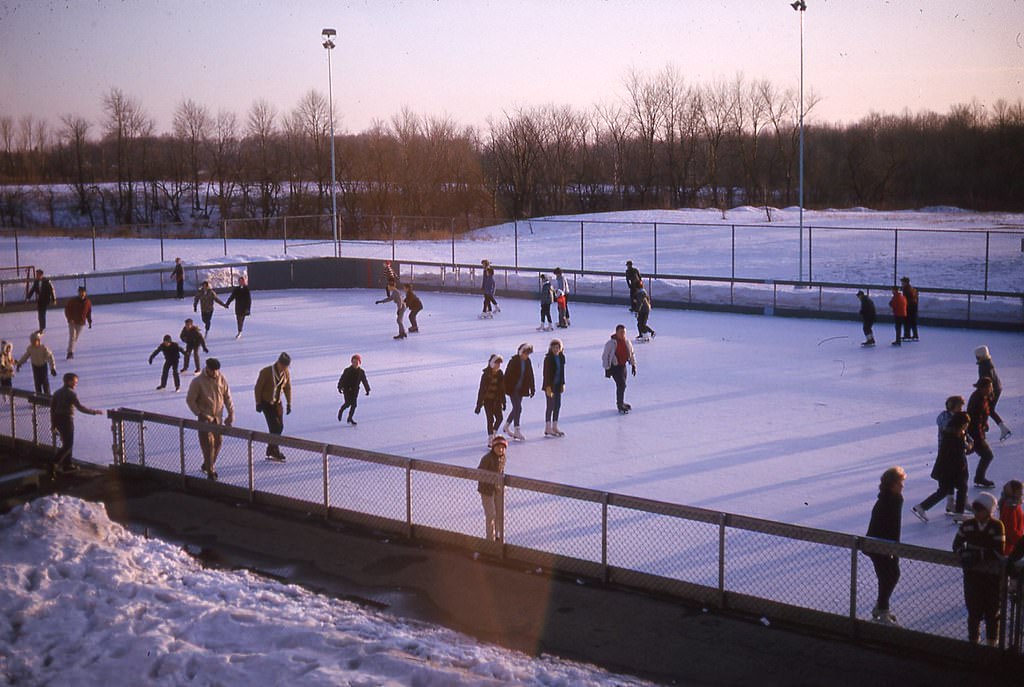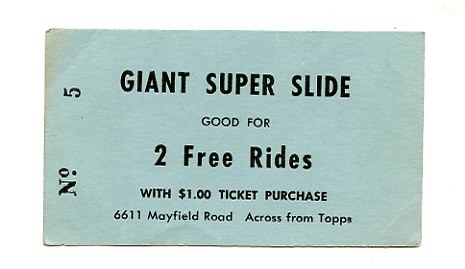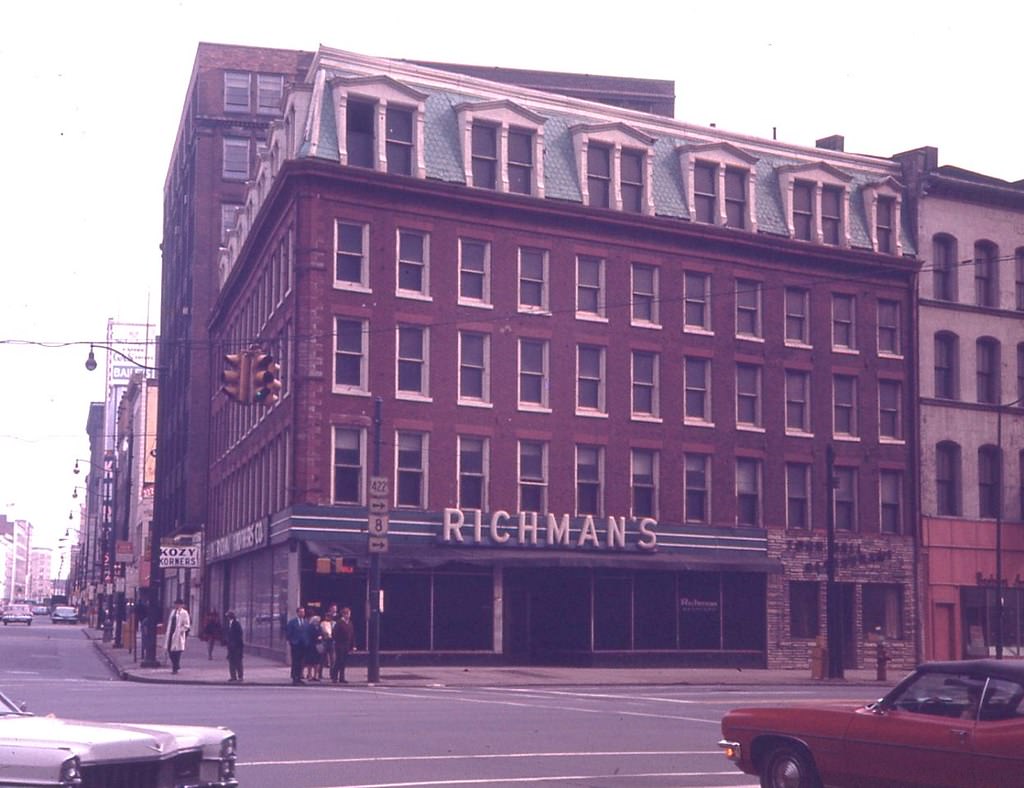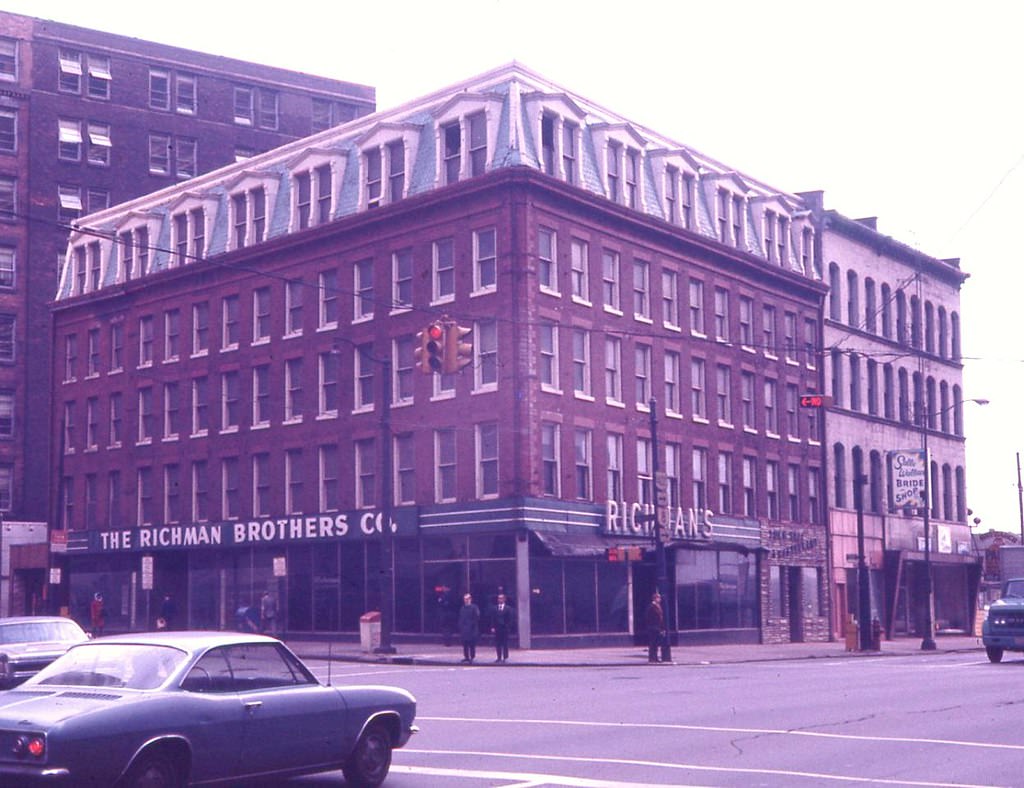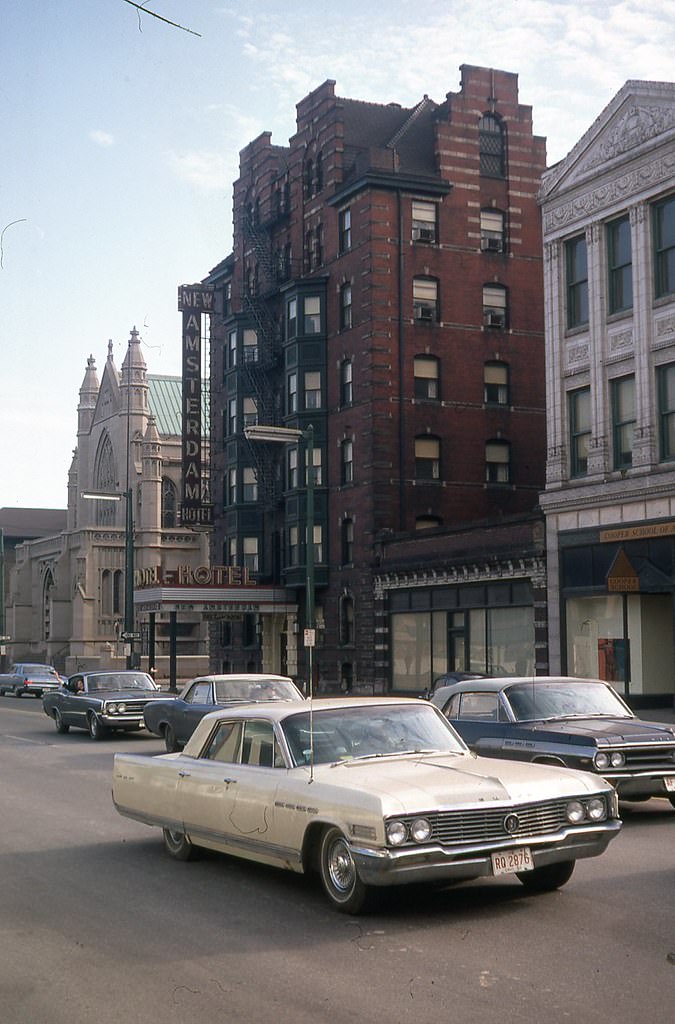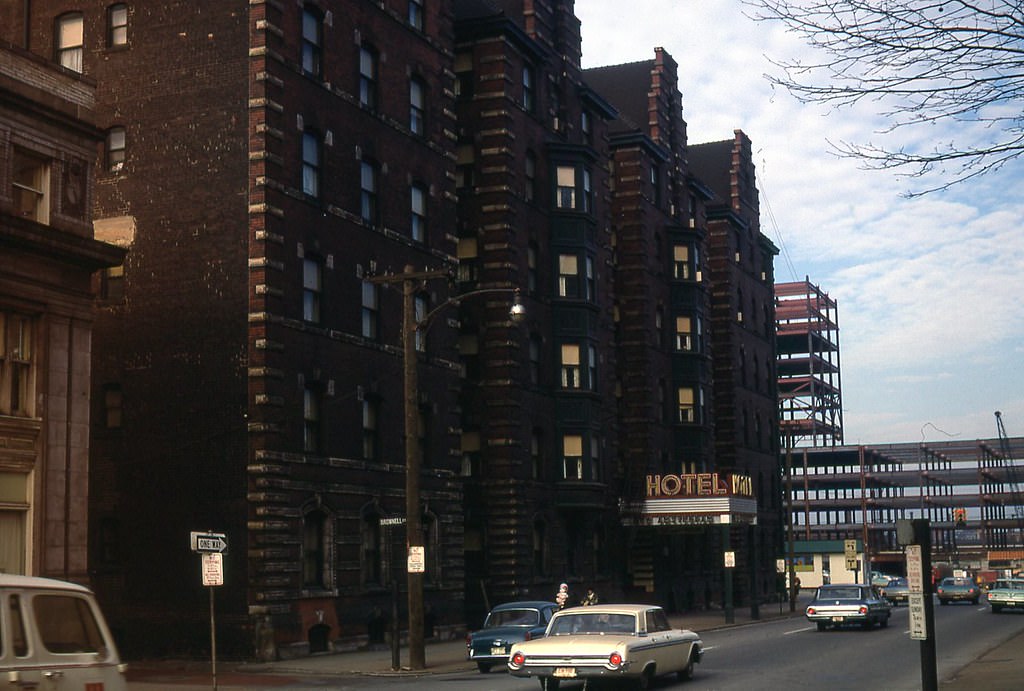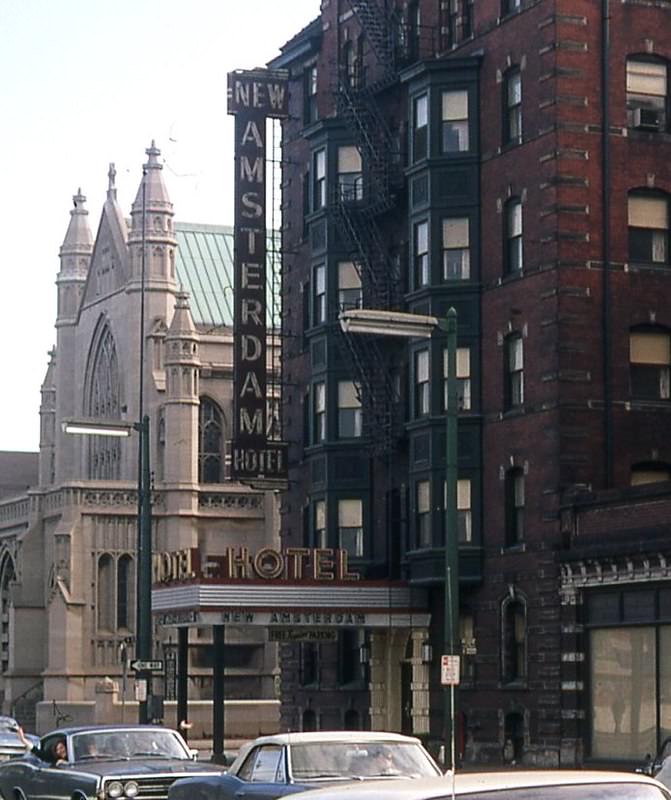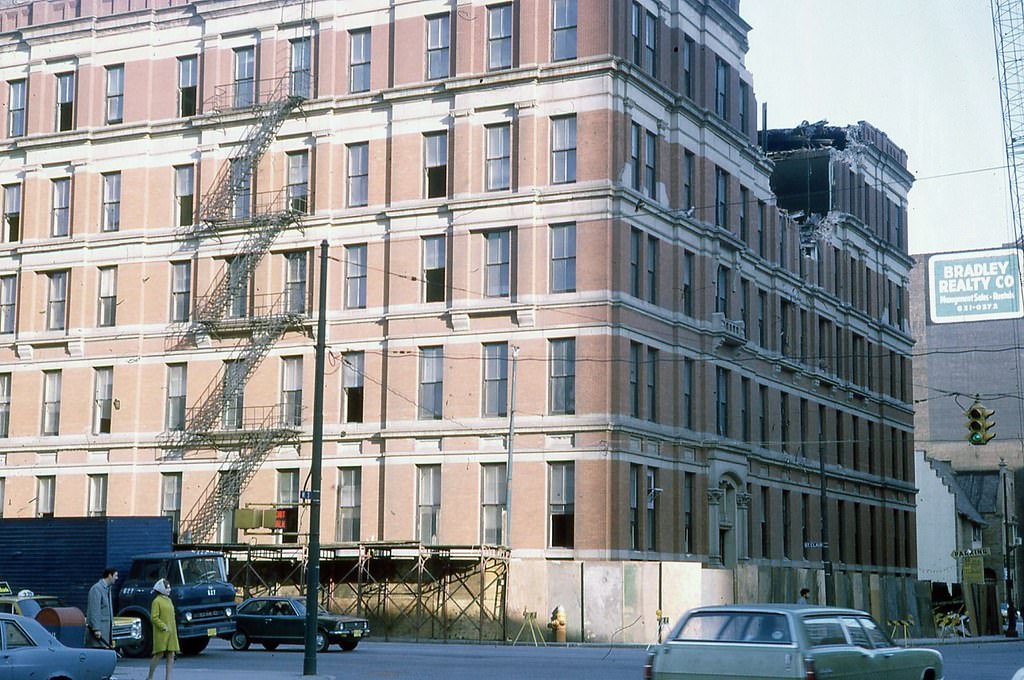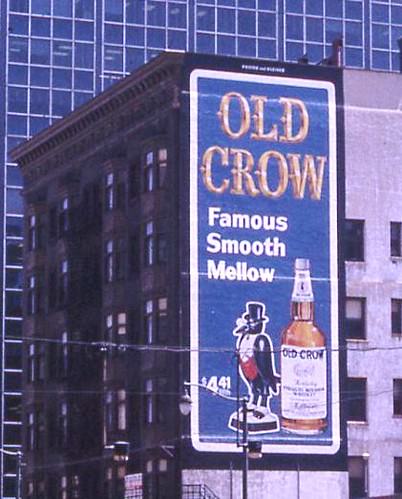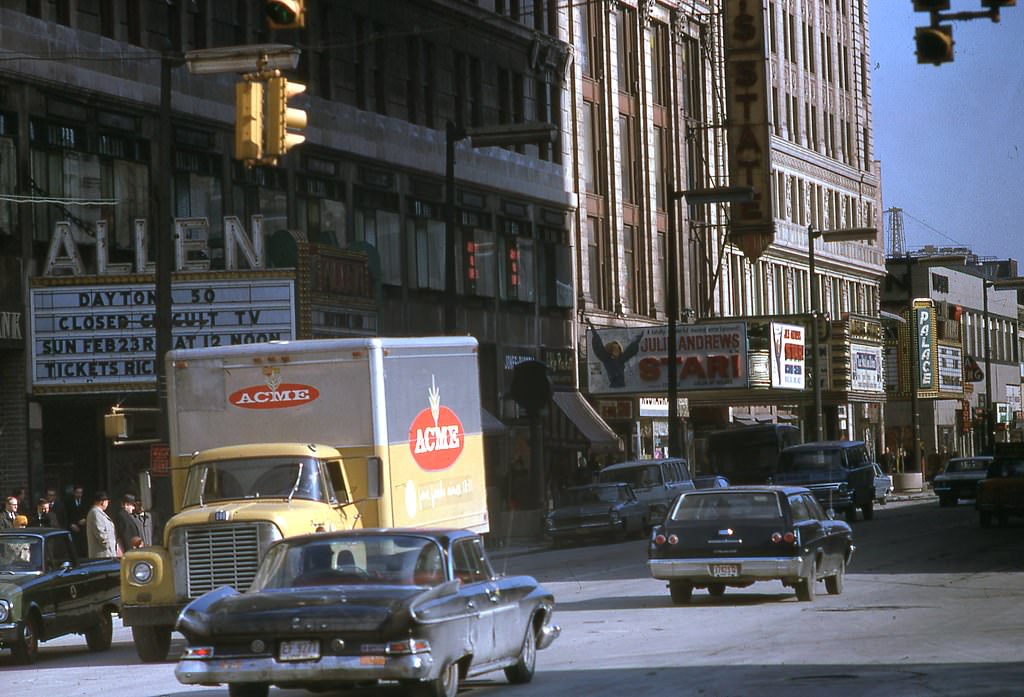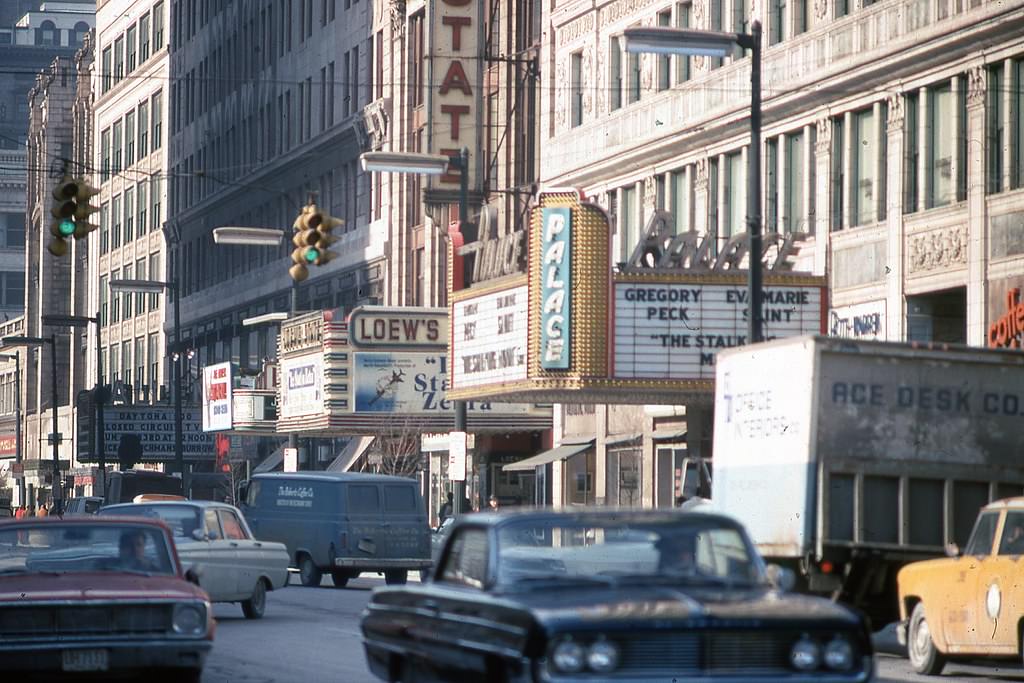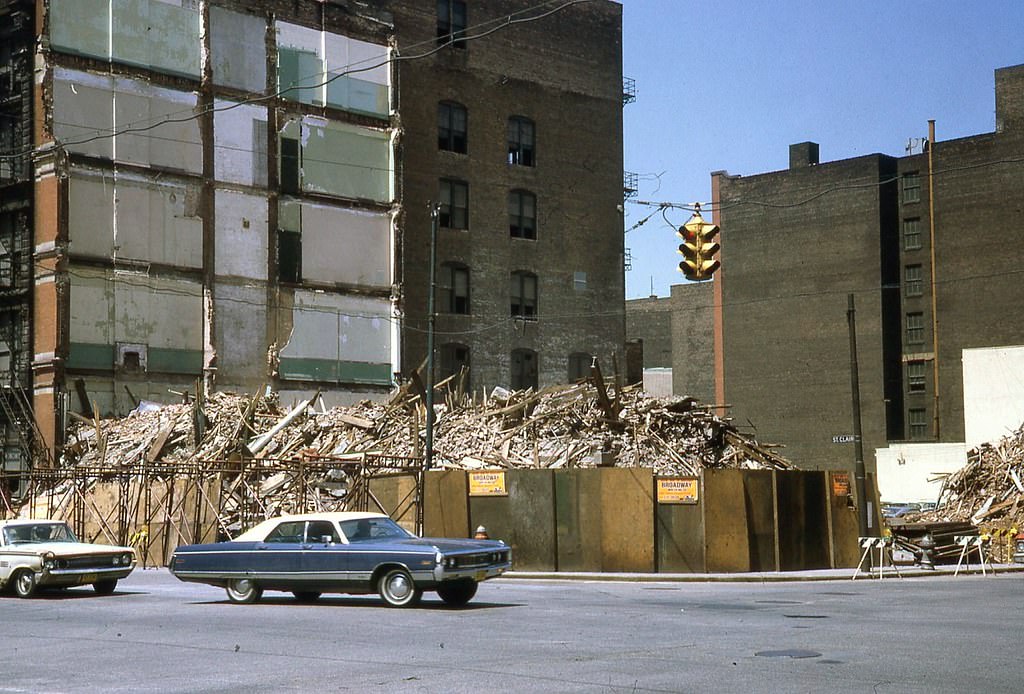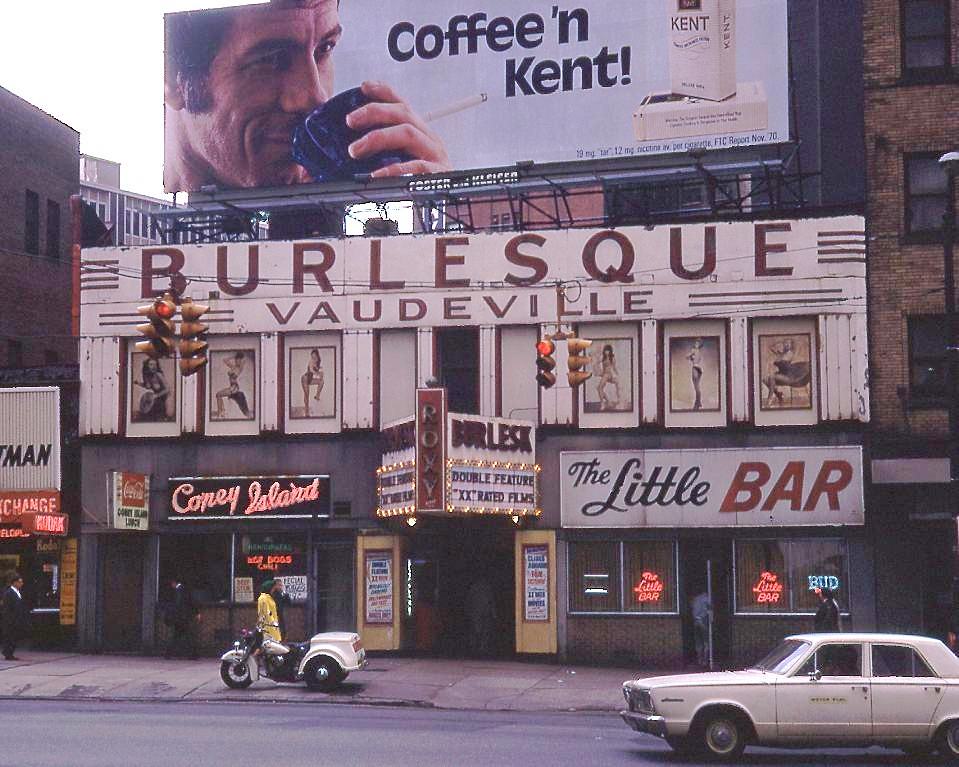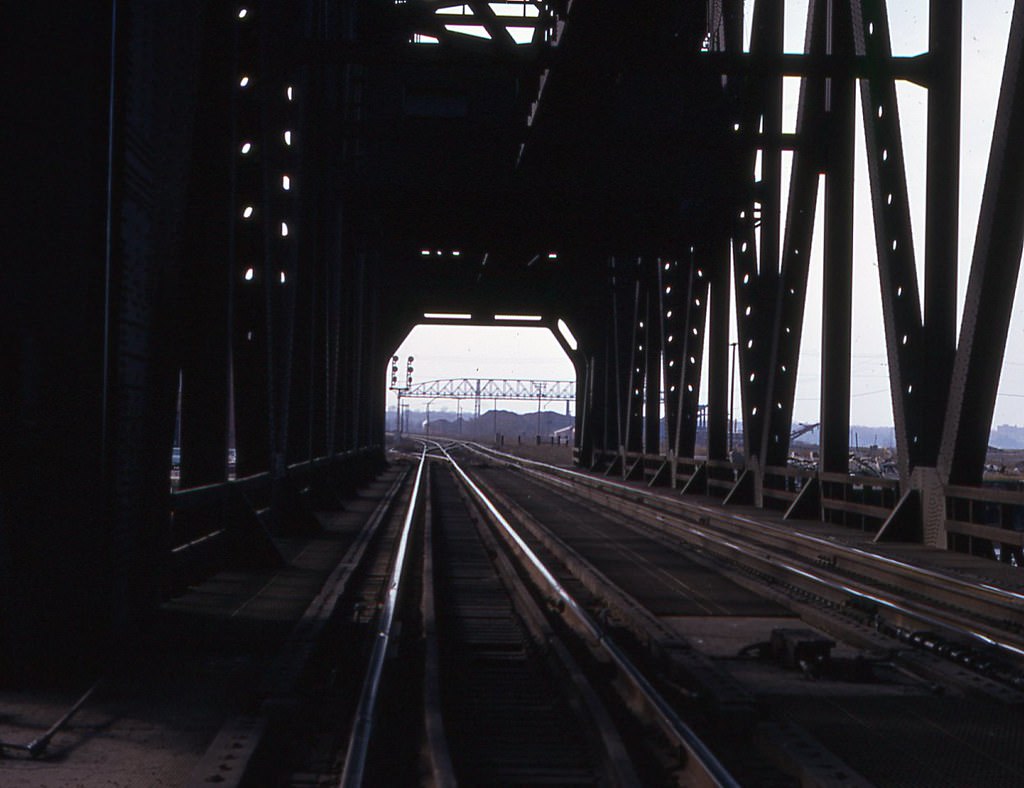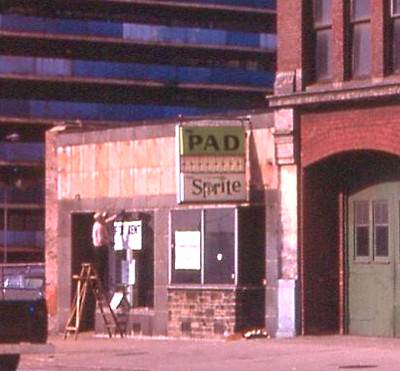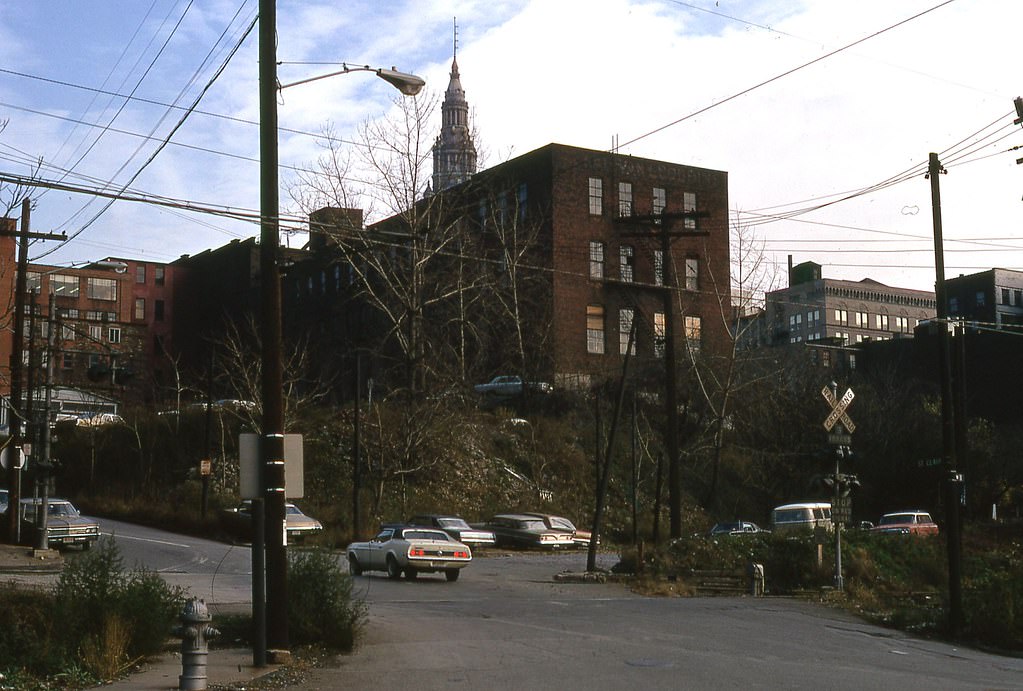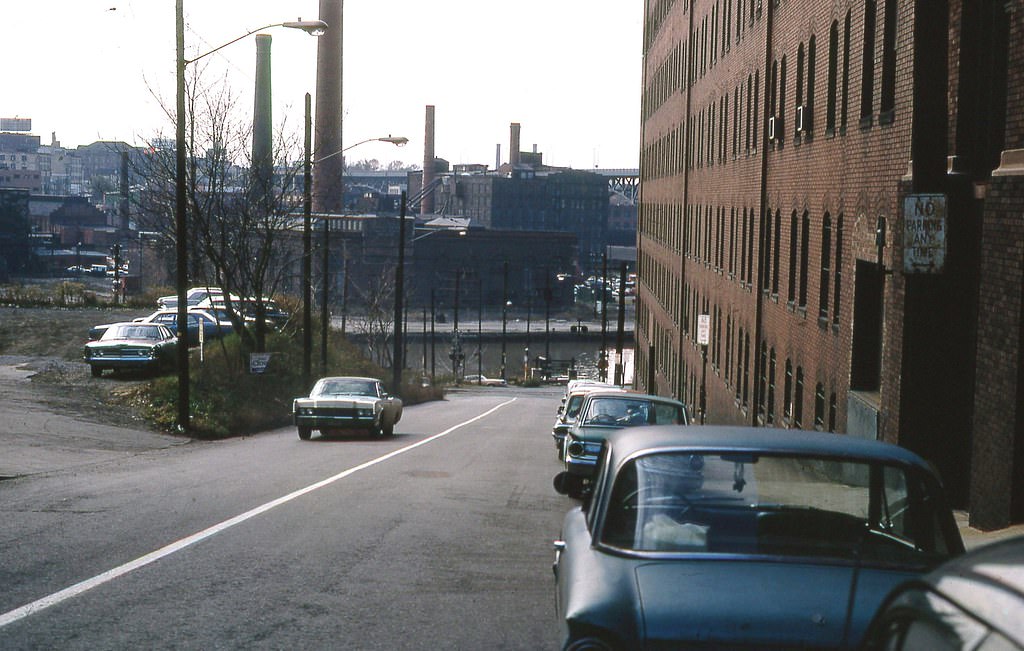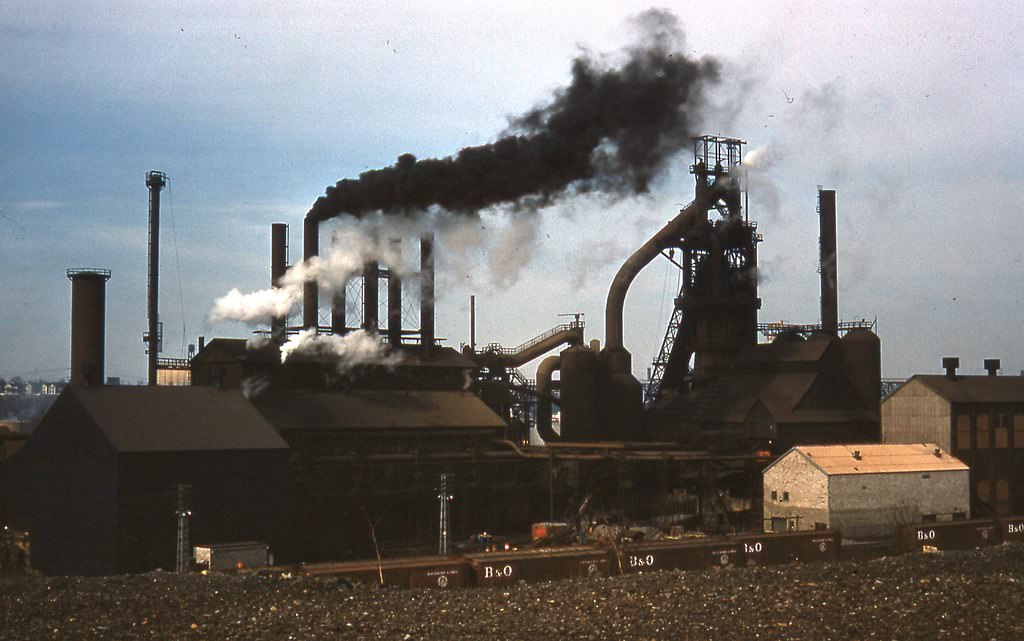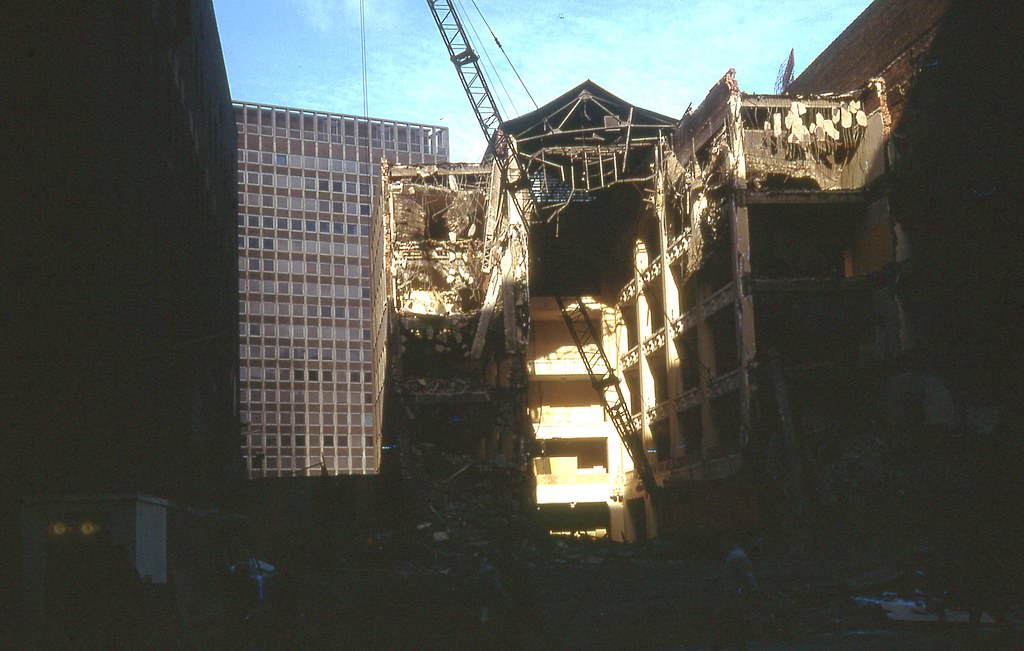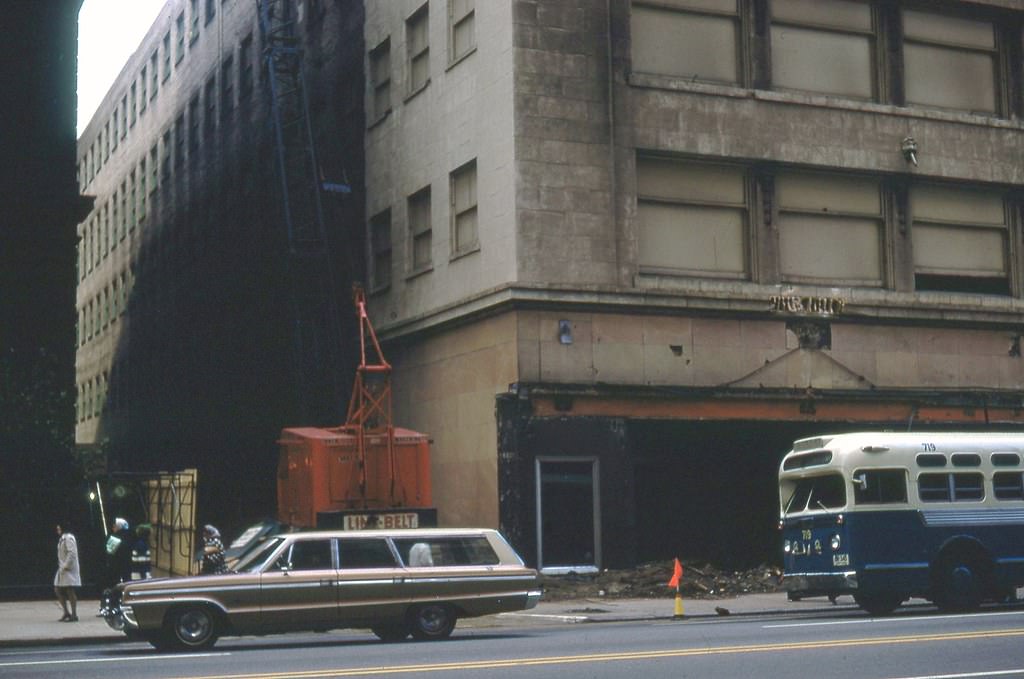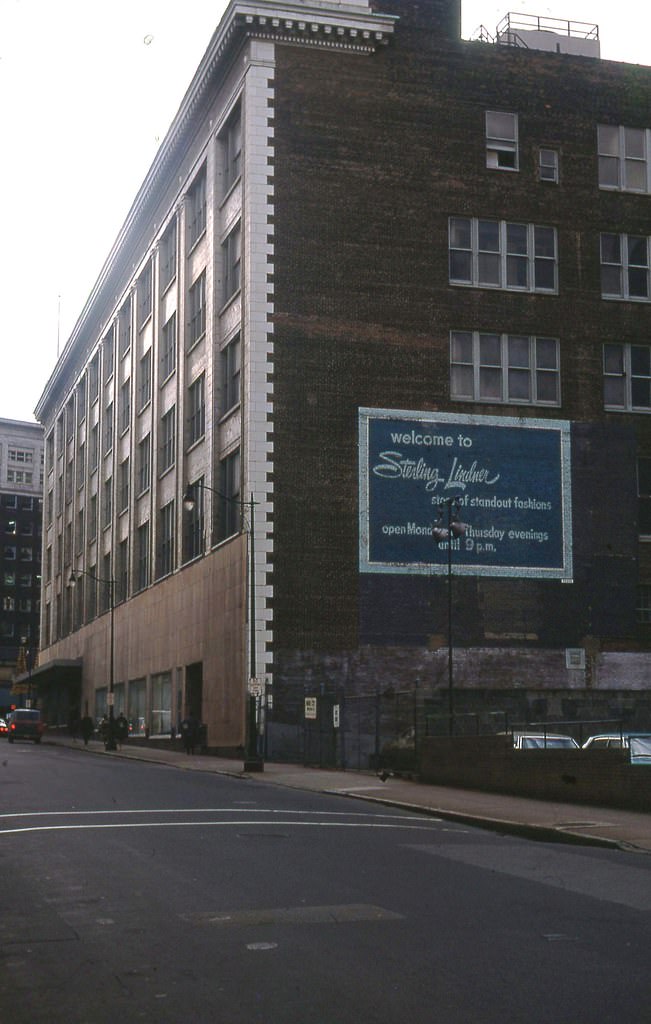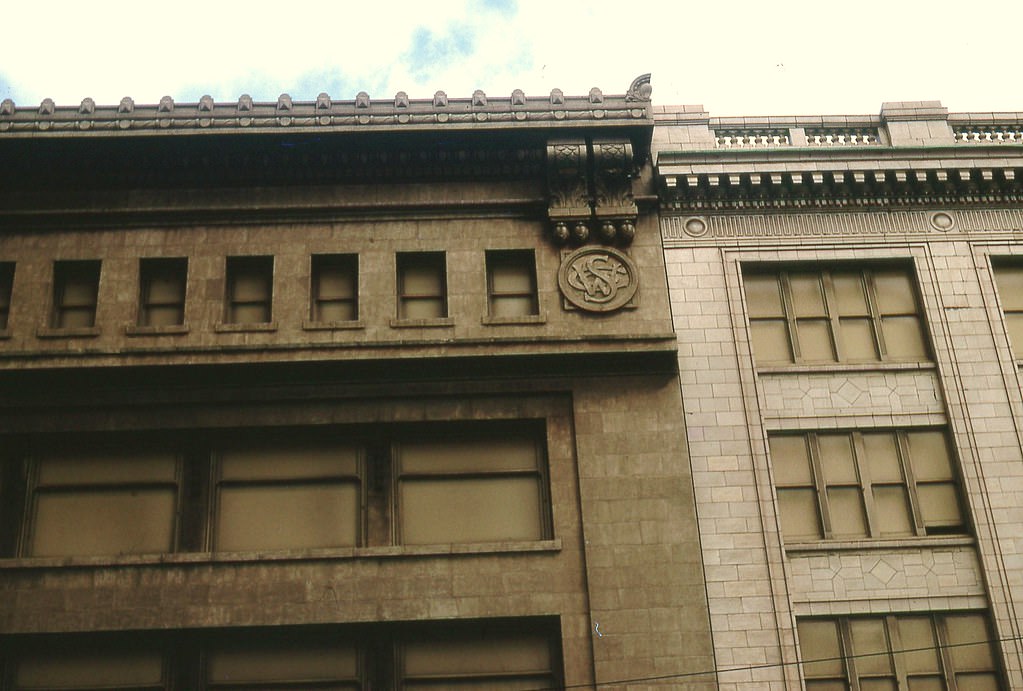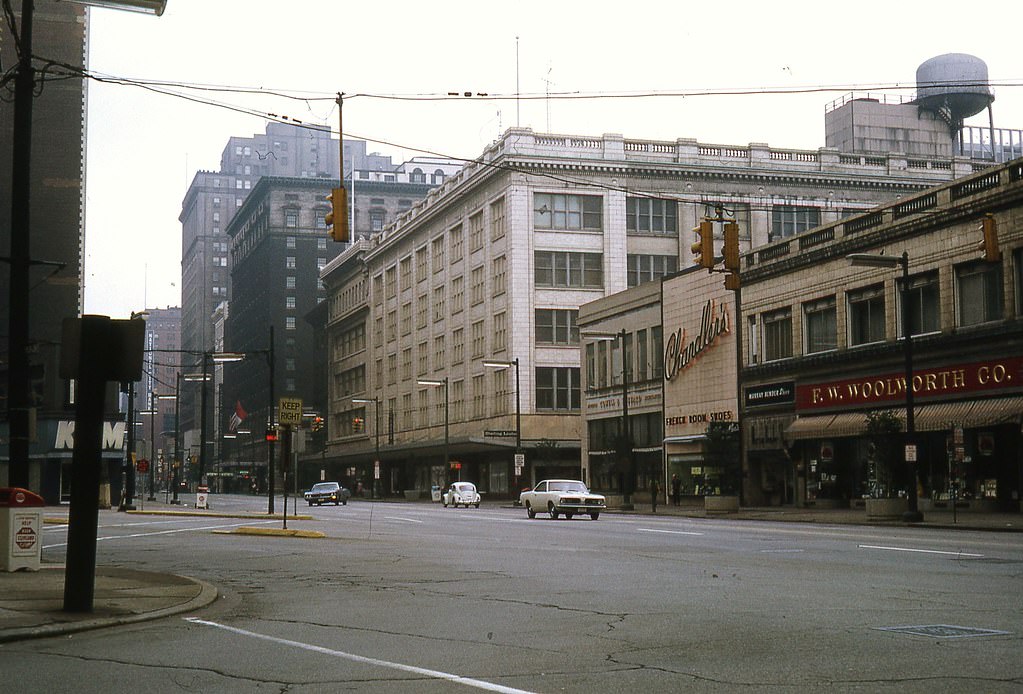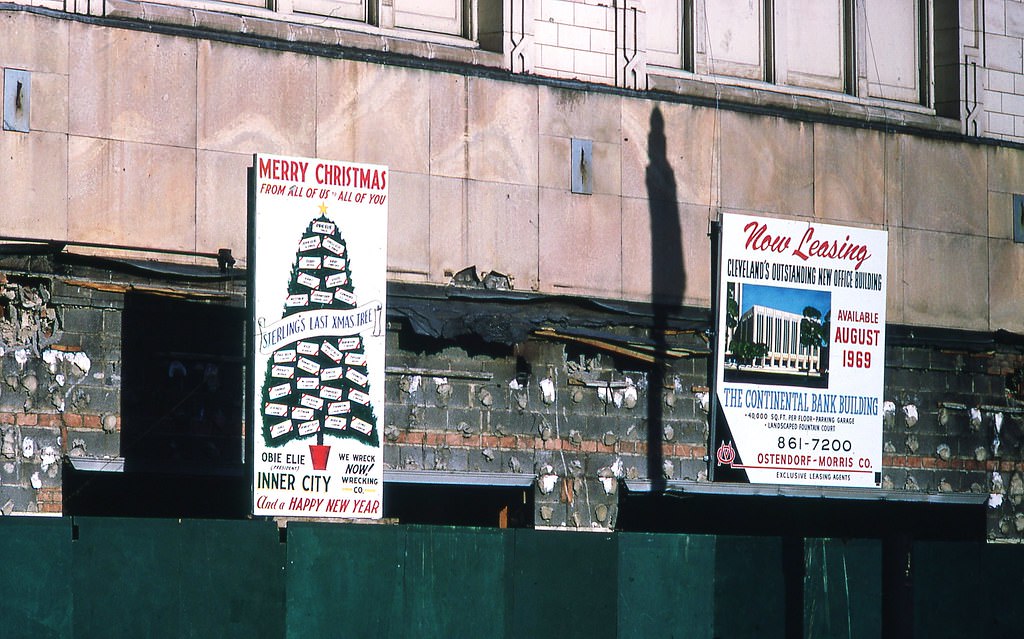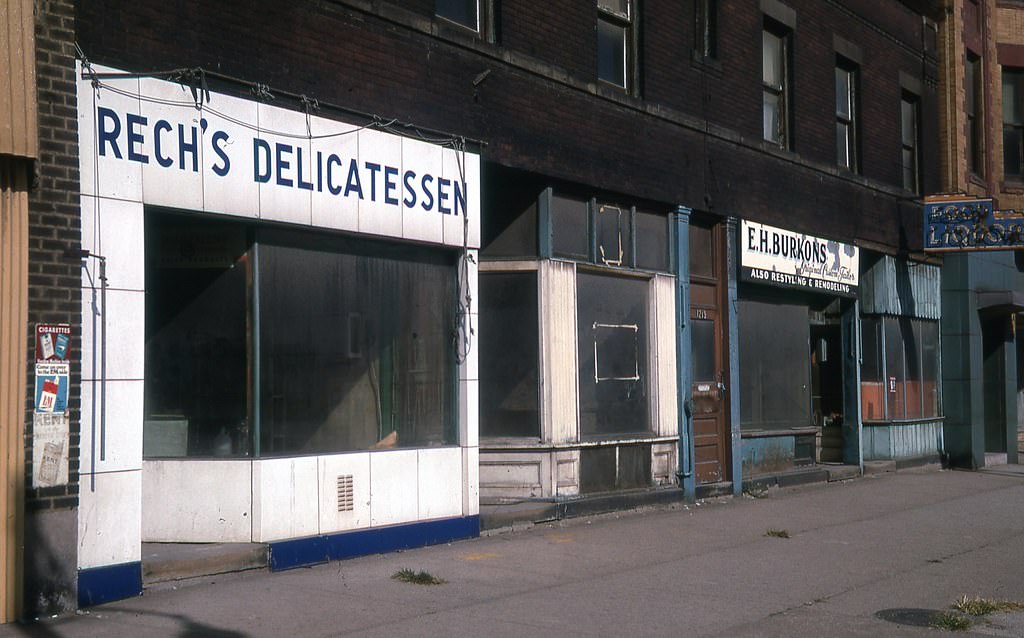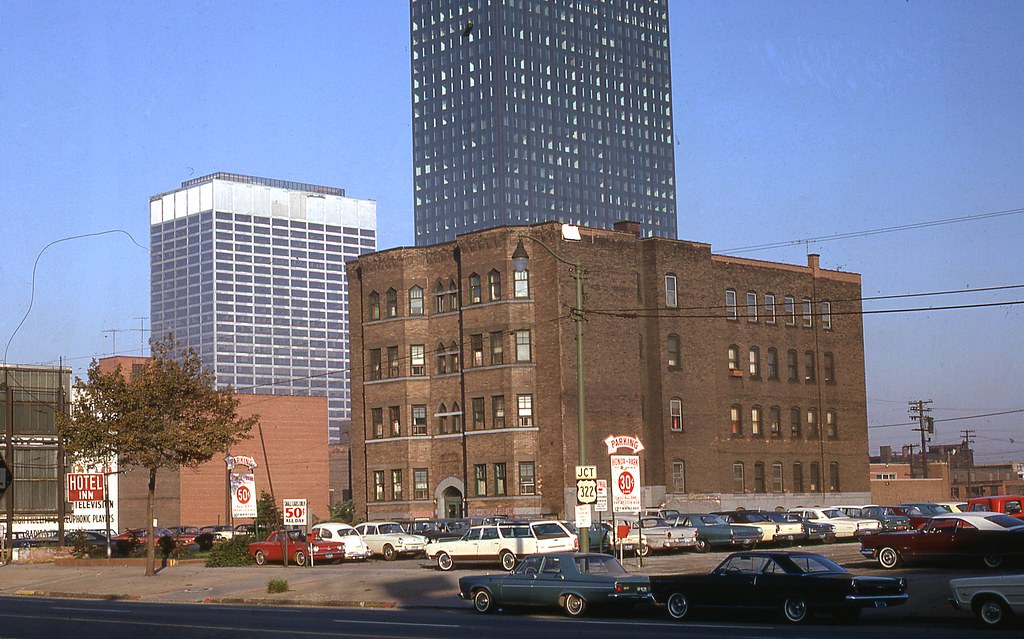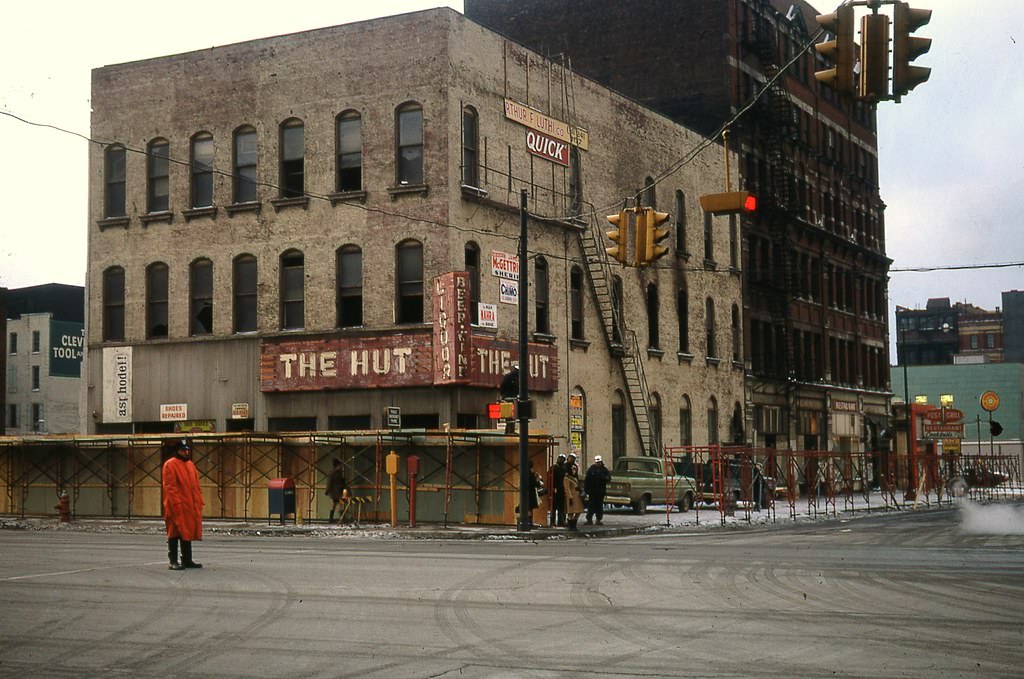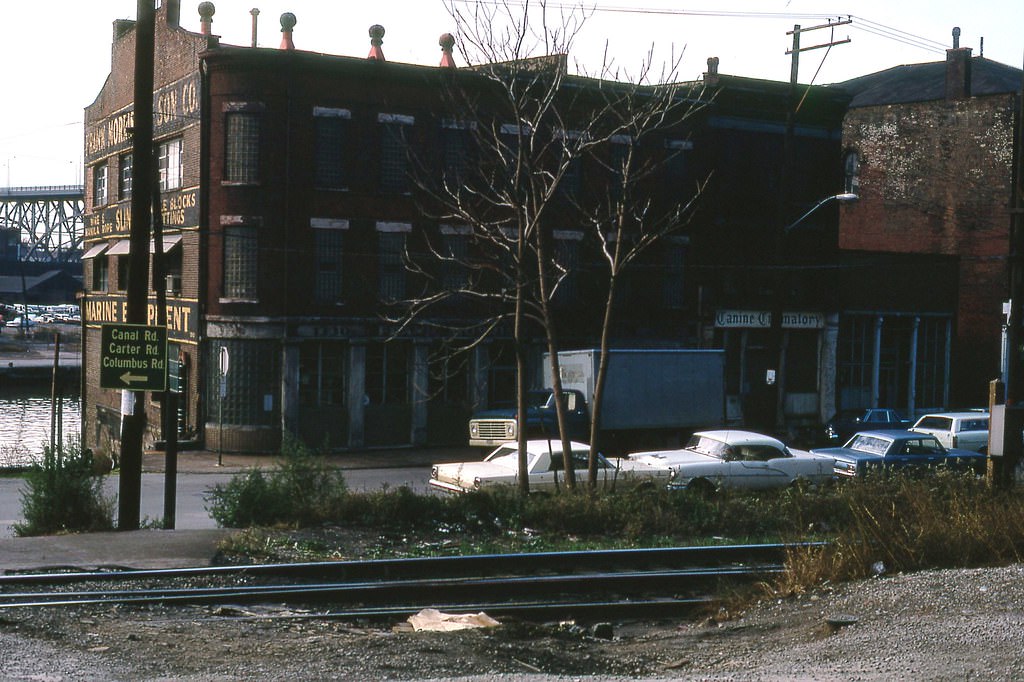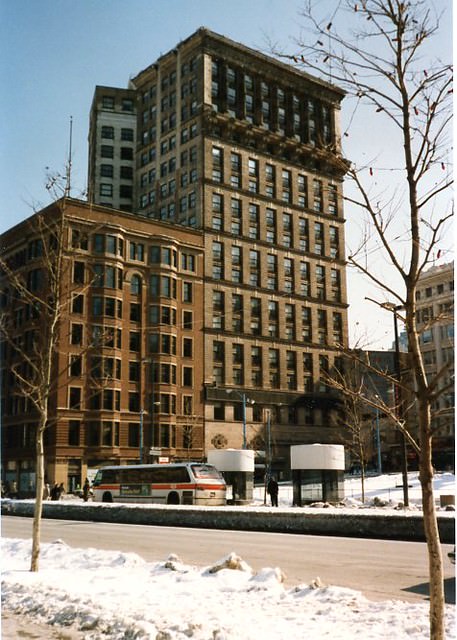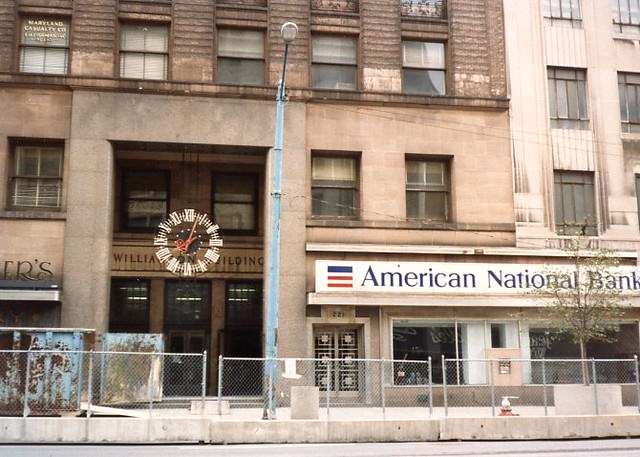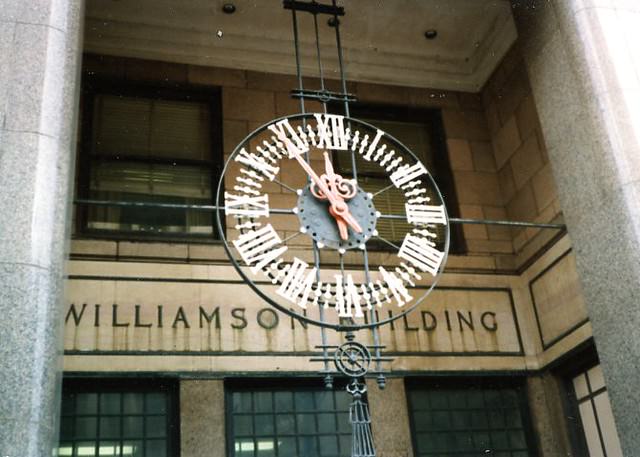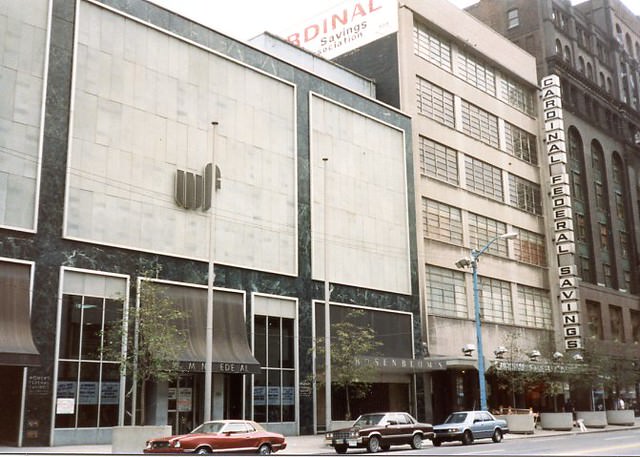The 1960s in Cleveland were a time of significant change, marked by both forward-looking achievements and deep-seated tensions. The city’s population began to shift, with many white families moving to the suburbs. This migration altered the makeup of Cleveland’s neighborhoods and schools.
At the start of the decade, the city’s economy relied heavily on manufacturing. Industries producing iron, steel, and machinery were major employers. However, signs of economic slowdown were beginning to appear. While development projects like the Erieview Tower, completed in 1964, changed the city’s skyline, underlying economic troubles were growing.
Tensions in the city sometimes turned to violence. In July 1966, the Hough neighborhood erupted in riots. The unrest lasted for several days and resulted in deaths, injuries, and significant property damage. The riots brought national attention to the racial and economic problems plaguing Cleveland. Two years later, in 1968, another violent confrontation occurred in the Glenville neighborhood, involving a shootout between police and a black nationalist group.
A major political change happened in 1967 when Carl Stokes was elected mayor. His victory was a historic moment, as he became the first African American mayor of a major American city. Stokes worked to address the city’s problems. He opened up jobs in city government to Black people and women and started a program called Cleveland: NOW! to fight poverty by funding projects for jobs, housing, and healthcare.
Read more
The decade ended with an event that highlighted the city’s environmental problems. In June 1969, the Cuyahoga River, which was heavily polluted with industrial waste, caught fire. This was not the first time the river had burned, but this time it drew national attention. The fire became a symbol of industrial pollution across the country.
The 1970s brought a new set of difficulties for Cleveland. The economic decline that began in the previous decade accelerated. Manufacturing jobs, the backbone of the city’s economy, disappeared at a faster rate. This process, known as deindustrialization, left many people without work and reduced the city’s tax revenue.
The city’s financial problems grew throughout the decade. In 1978, Cleveland became the first major American city since the Great Depression to default on its financial obligations. The city was unable to pay back $14 million in loans to local banks. This financial crisis damaged the city’s reputation and made it difficult to borrow money for necessary services and improvements.
Politics in the 1970s were often turbulent. In 1977, Dennis Kucinich was elected mayor at the age of 31, earning him the nickname “the boy mayor.” His time in office was marked by conflict. He fought against the sale of the city’s public electric utility, known as Muny Light, to a private company. This stance put him at odds with powerful business leaders and the city council. The political battles of his administration led to a recall election in 1978, which he narrowly survived.
Another major issue of the decade was school desegregation. In 1976, a federal judge ruled that the Cleveland Public Schools were unconstitutionally segregated. The court ordered the school district to implement a busing plan to integrate the schools. This decision was met with resistance from some residents, and the process of desegregating the schools was a source of tension in the community. Busing began in the late 1970s, transporting students to different neighborhoods to achieve racial balance in the schools
